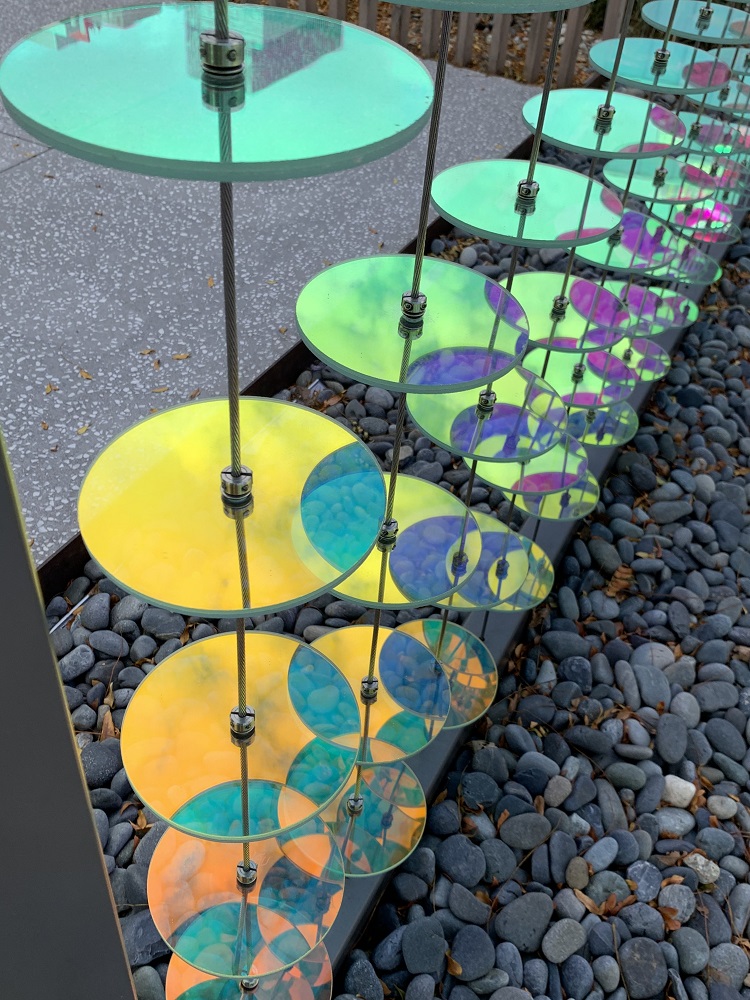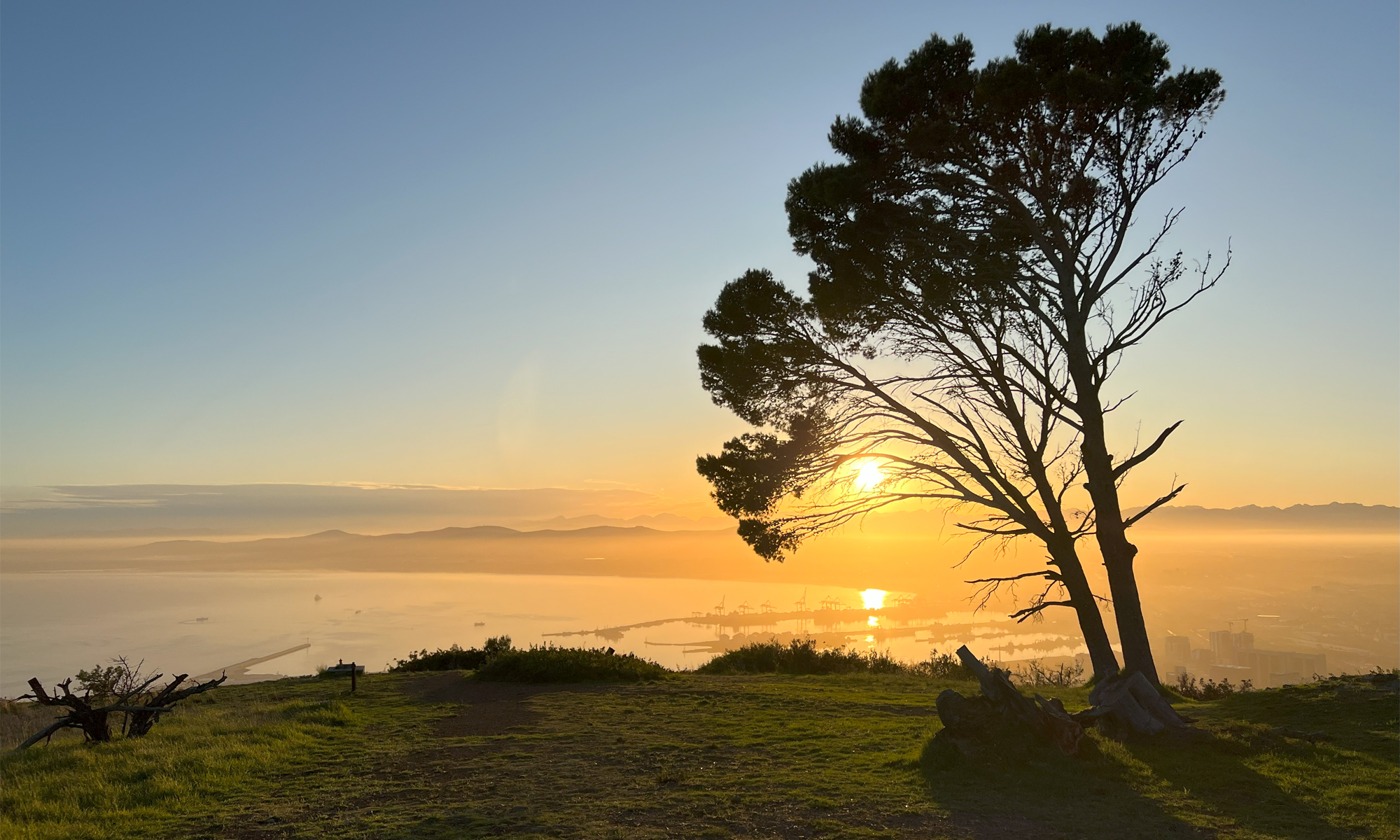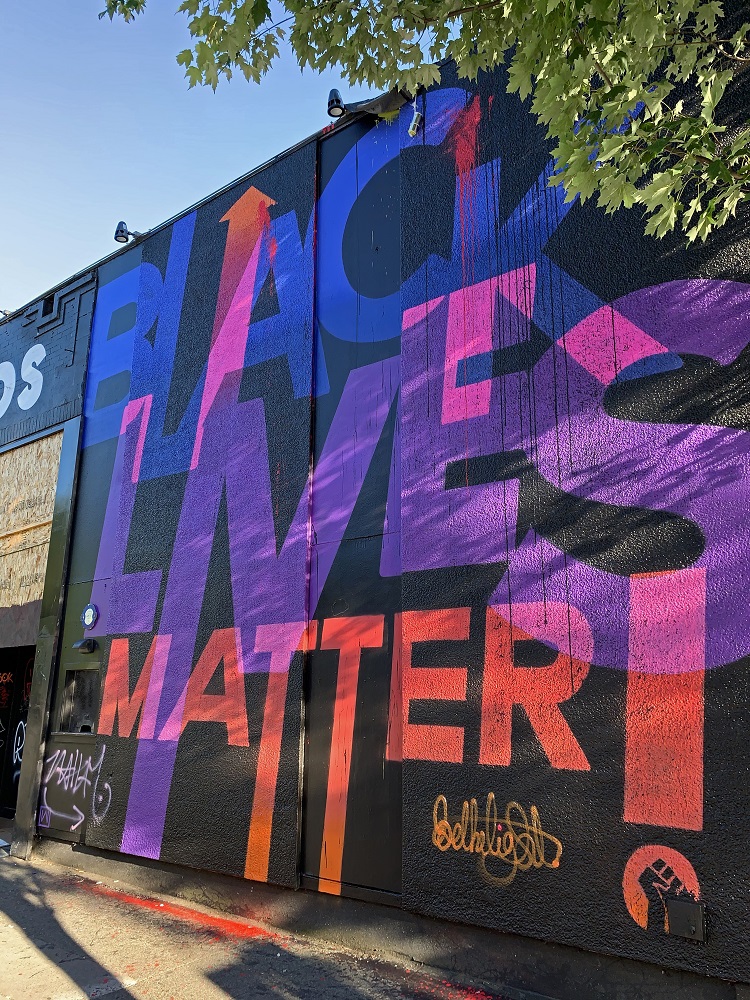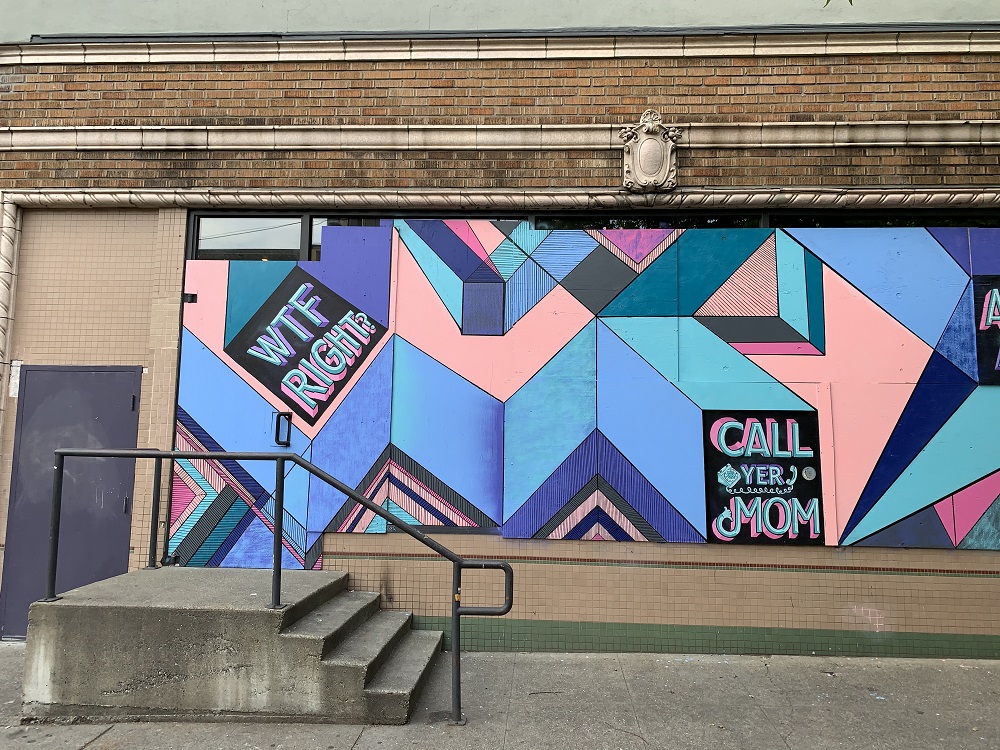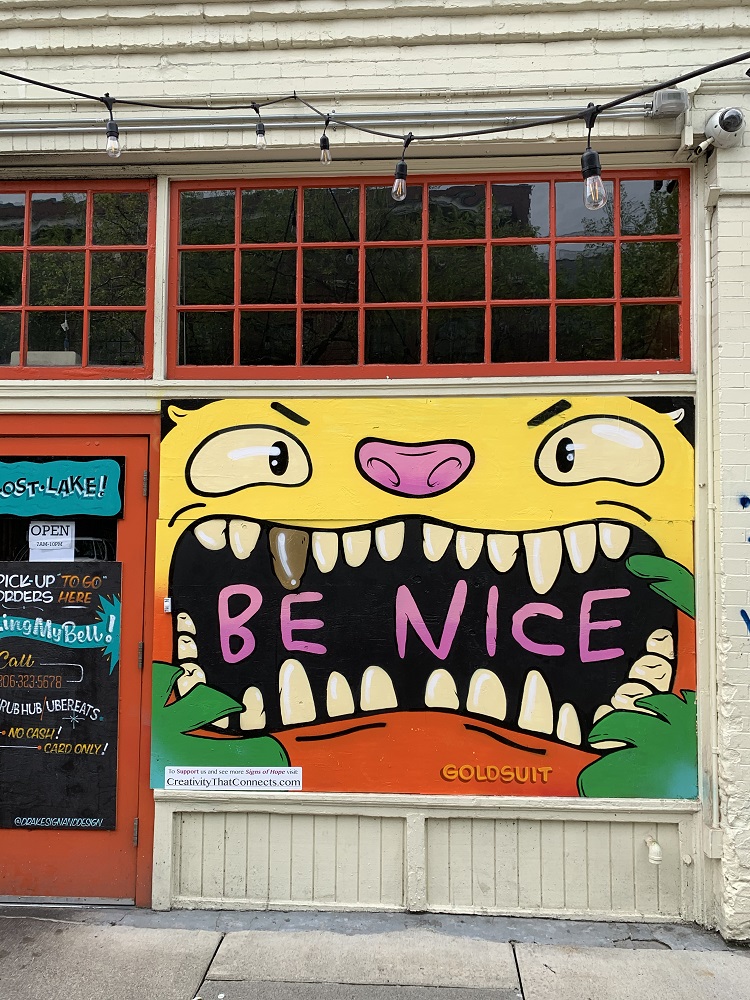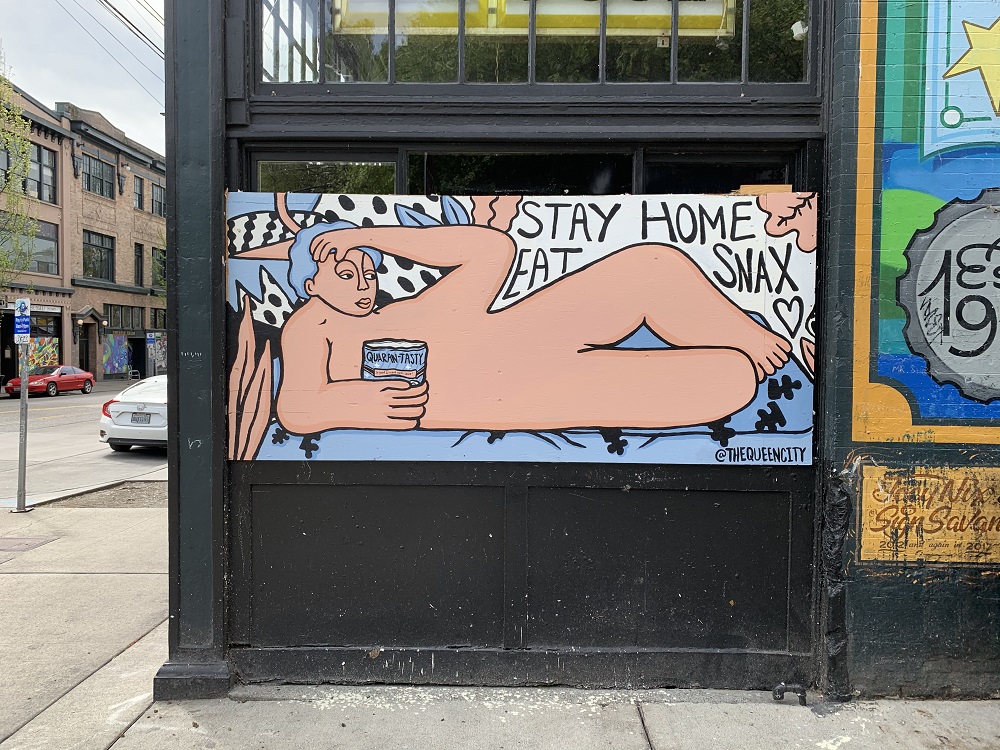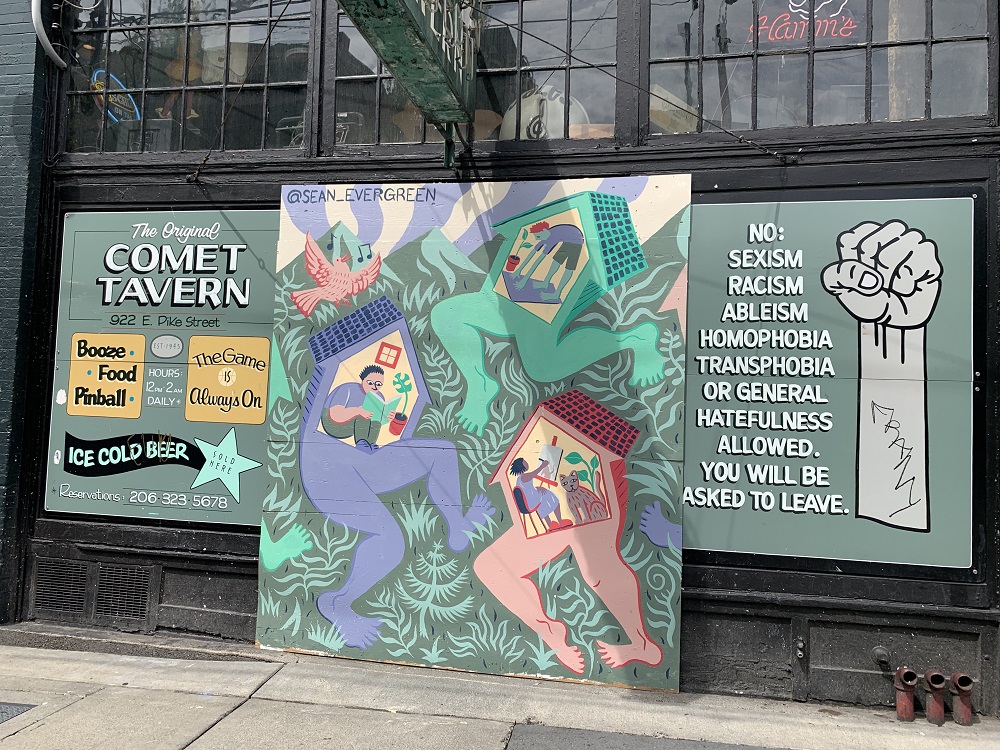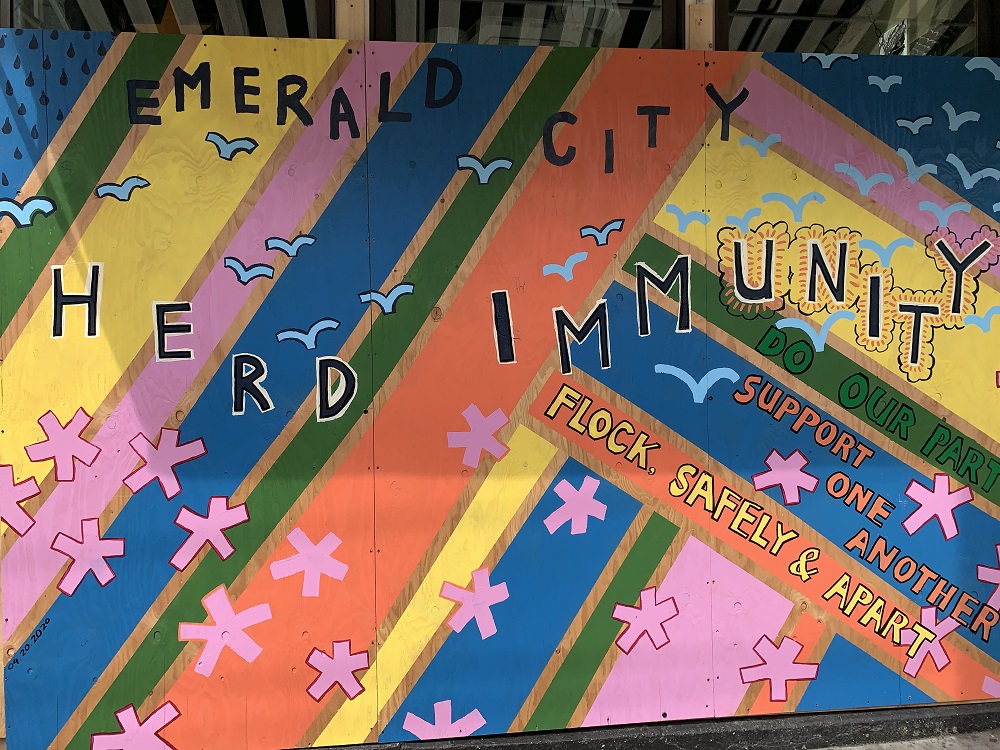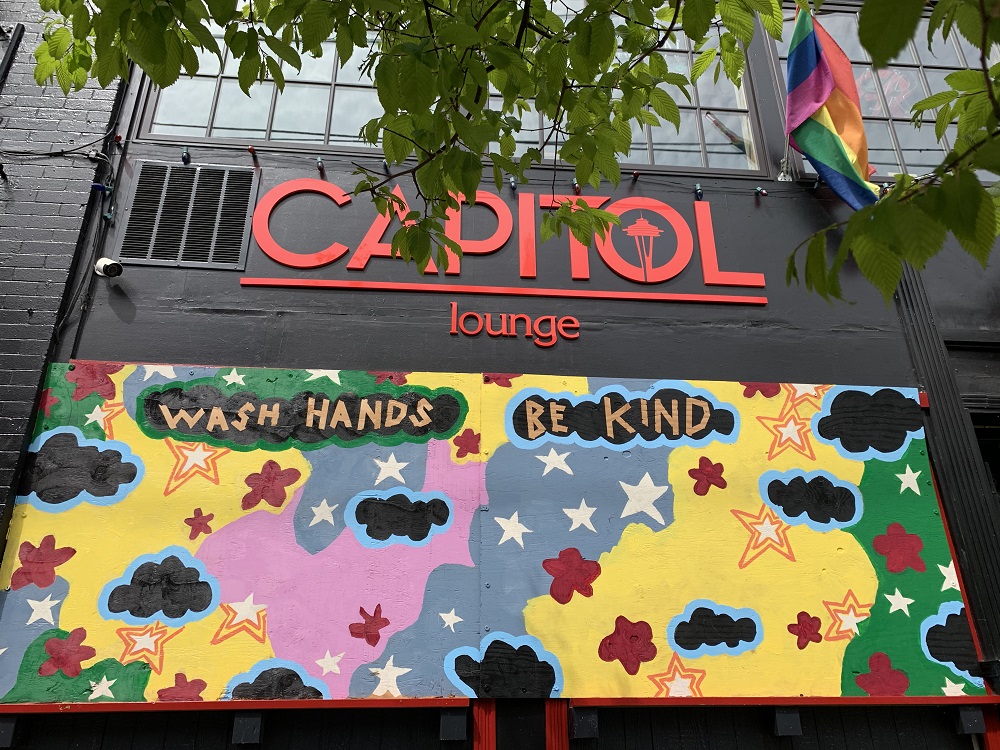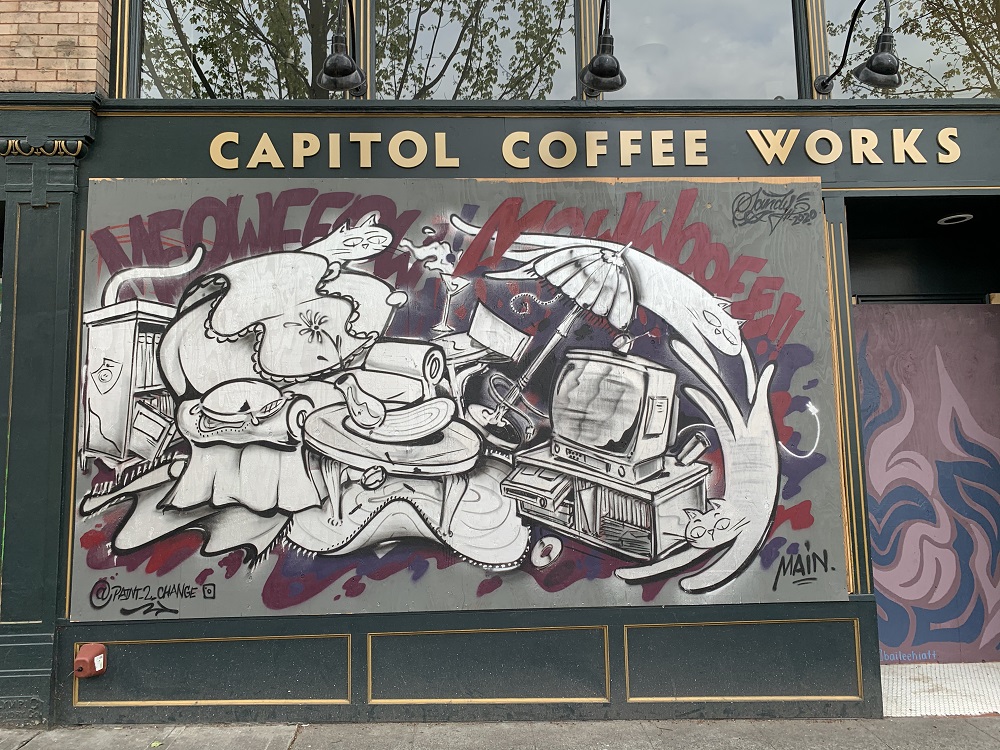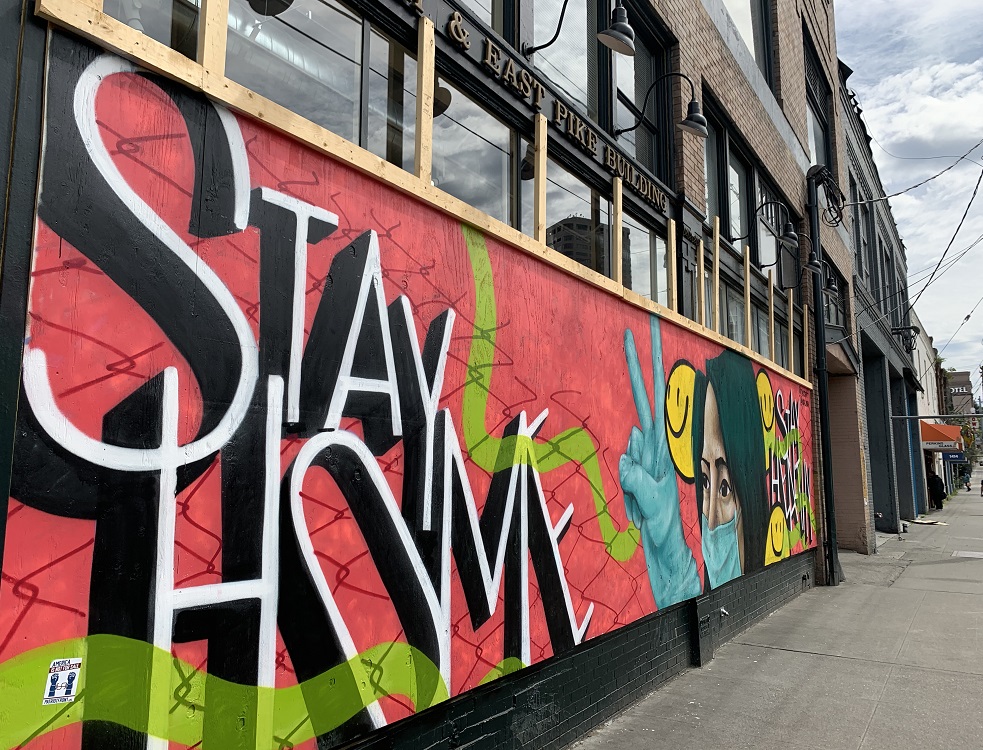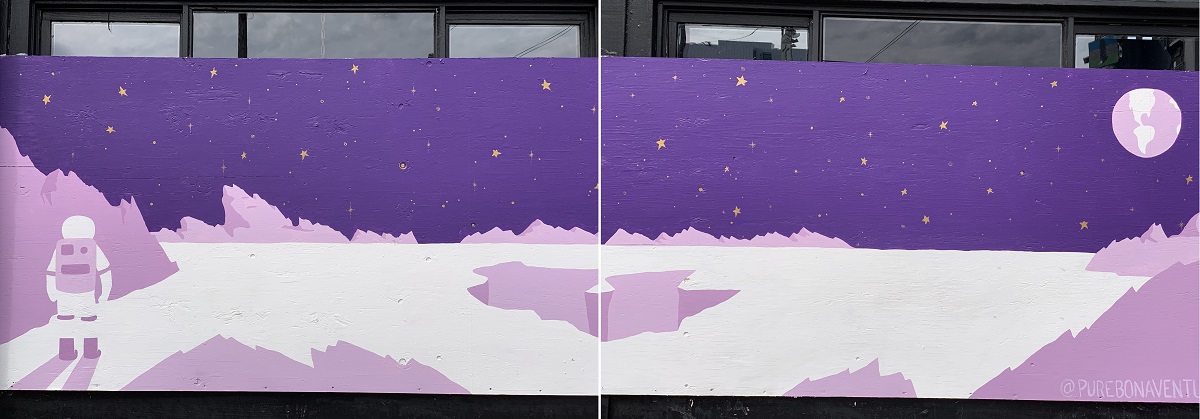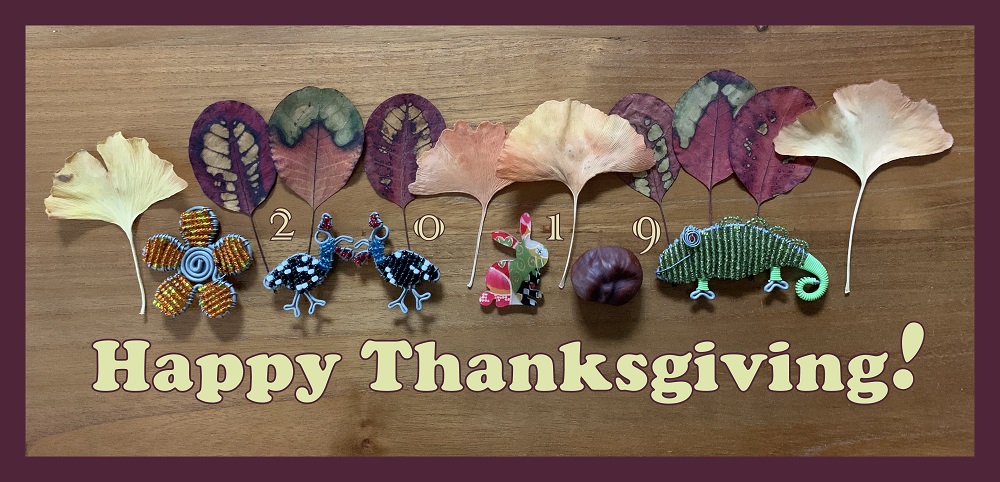This striking new mural is from the outside of the Neumos music venue on East Pike St in Capitol Hill.
Saturday/ summer days
We have had a mild, average summer so far, with temperatures in the high 60s or 70s (18 to 24 °C). The sun still sets after 9 pm .. so even after dinner, there is still lots of time to go for a walk or to water the garden.
In the South and Southwest of the United States a phenomenon called a ‘heat dome*‘ has developed, which will lead to historic high temperatures the next few weeks. It is possible for Phoenix, AZ, to see 120 °F (48 °C).
*A heat dome occurs when strong, high-pressure atmospheric conditions trap hot ocean air like a lid or cap.
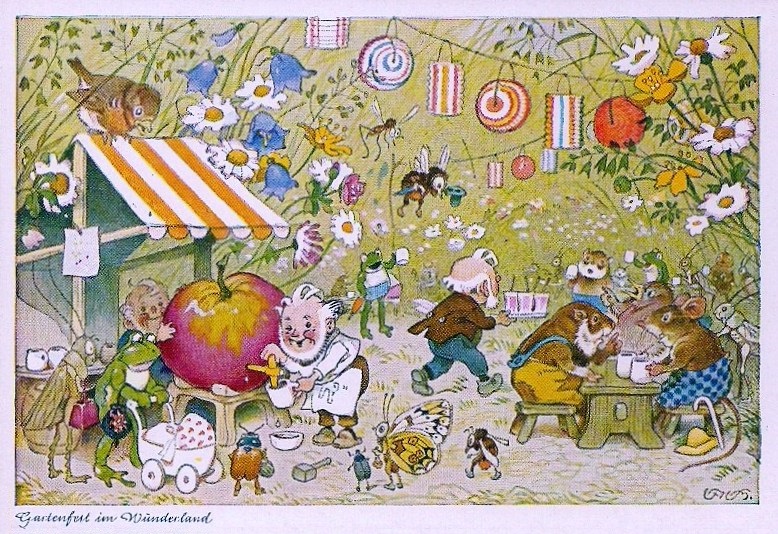
P.S. That would be .. apple juice, that the jovial guy in the apron is serving up?
Monday/ quelle belle journée!
It was a fine day here in the city: eighty (27°C) and sunny.
My English-French illustrated dictionary has landed on my porch.
It is illustrated with panels from Belgian cartoonist Hergé’s Tintin characters, which is why I had to have it, of course.

The top panel has Tintin, Captain Haddock, and Snowy (French name: Milou).
The traffic officer is apologizing to the Milanese opera diva Bianca Castafiore, for daring to write her a ticket for a fine.
Saturday/ go Slow
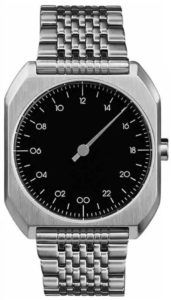

Is this the perfect watch for the pandemic? It’s a Swiss-made watch with one hand that rolls around the dial once every 24 hours. 12 noon at the top, of course, and midnight at the bottom.
Tuesday/ ‘escaping’ to space
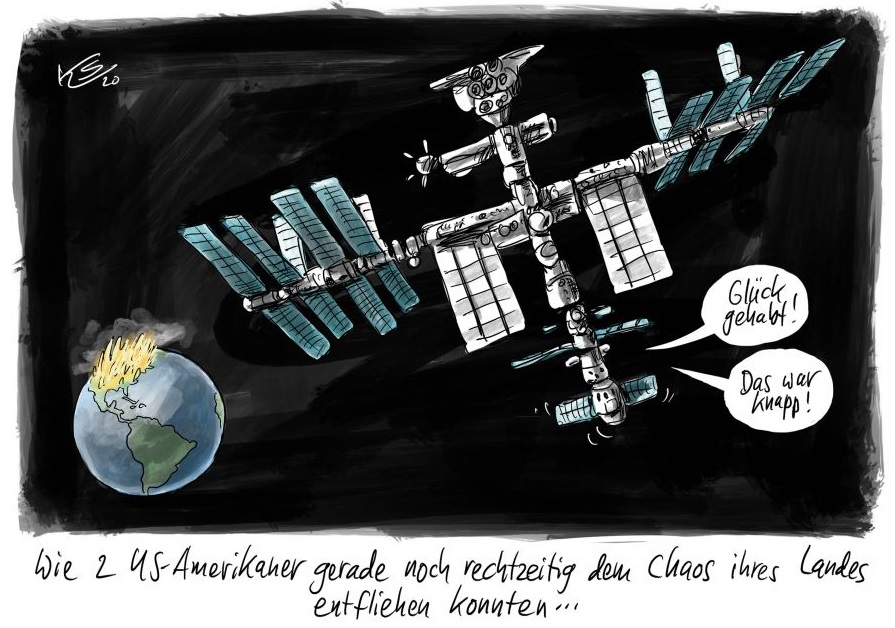
‘We lucked out!’ ‘That was close!’
[Cartoonist Klaus Stuttmann in Der Tagespiegel newspaper].
They will stay for an extended time at the Space Station for the Demo-2 mission. The specific duration of the mission is to be determined.
Friday/ stay away from downtown
The streets were all quiet around Capitol Hill tonight as I walked down to Broadway at around 7.
Later on tonight, protesters squared off with police in downtown Seattle, though .. same as in many cities in the US tonight: Atlanta*, Dallas, Los Angeles, Minneapolis-St Paul (of course), New York City, Washington DC.
*Where CNN’s headquarters is being attacked by the very protesters (turned rioters) that they had supported as noble & just.
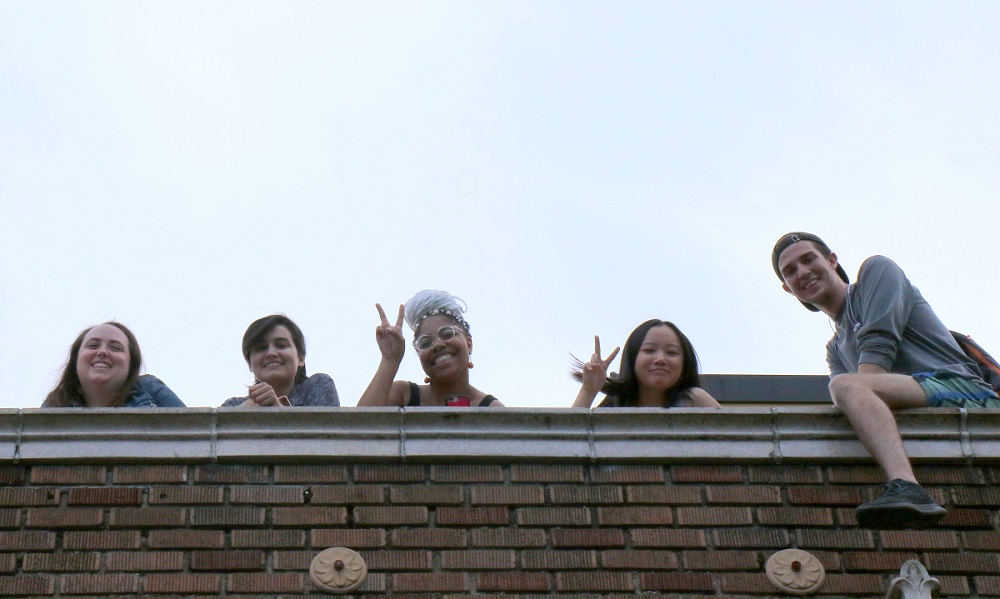
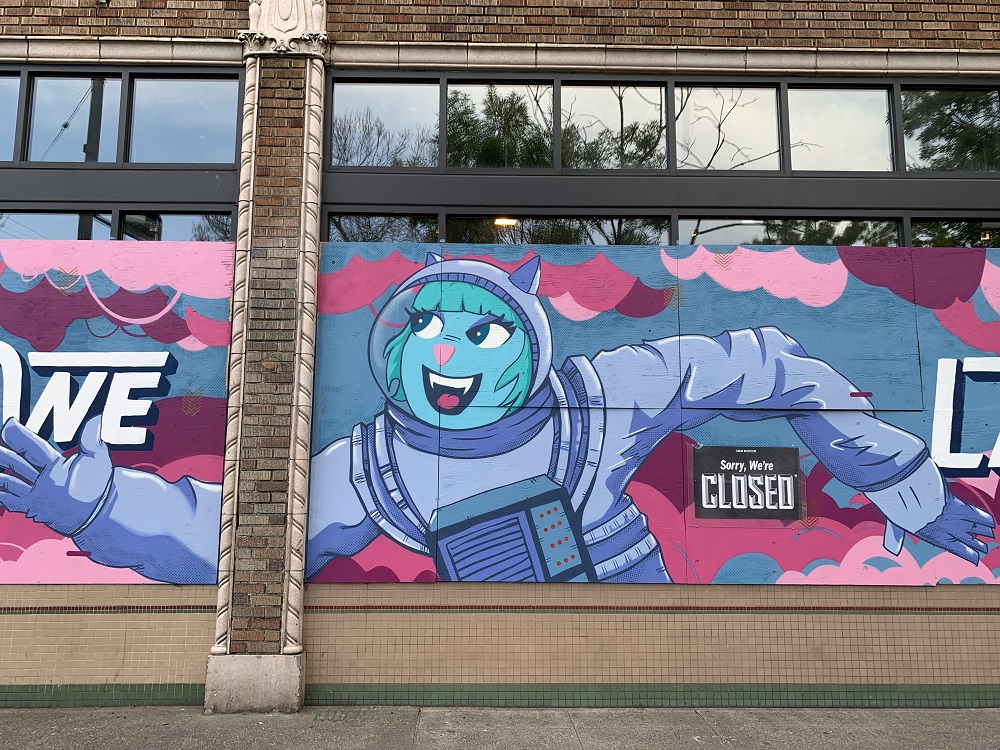
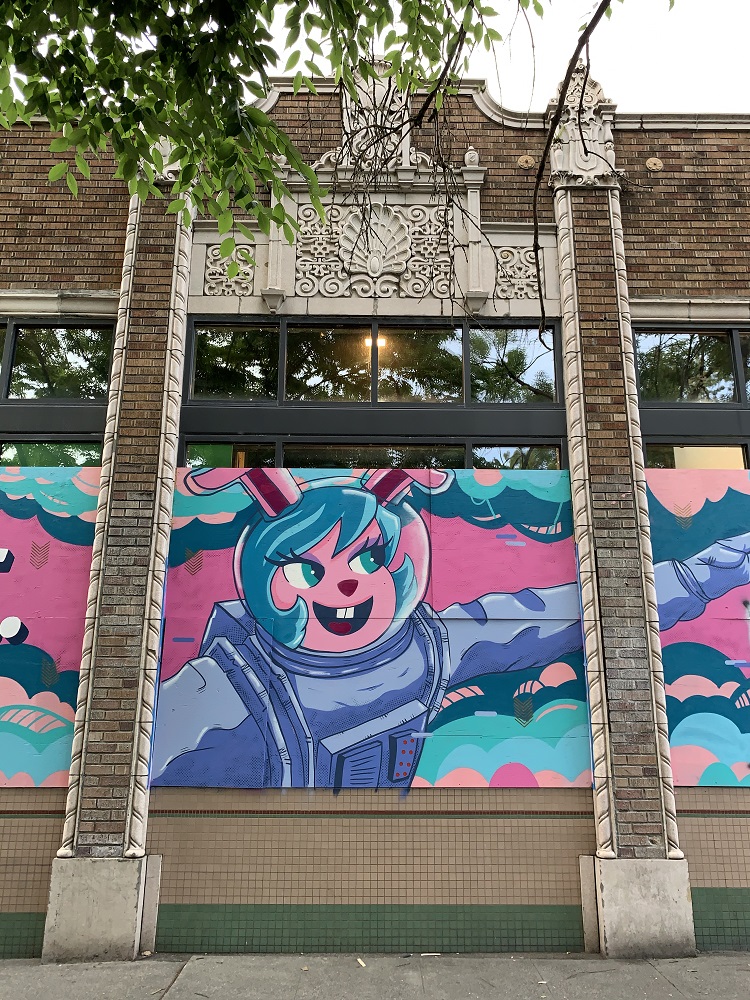
Wednesday/ the blue hour
‘After a dinner party in 1892, the guests went from Krøyer’s home down to the beach to enjoy the summer’s evening, and Anna Ancher and Marie Krøyer went for a walk together along the beach. This is where he first got the idea for this motif. During the 1890’s in particular and until he died in 1909, Krøyer painted several works from Skagen, in which he depicted the twilight hour, the so-called ‘blue hour’, when the sky and the sea seem to merge into each other in the same shade of blue. Krøyer was far from the only artist to paint evocative, blue-tone paintings’. [From Google Arts & Culture]
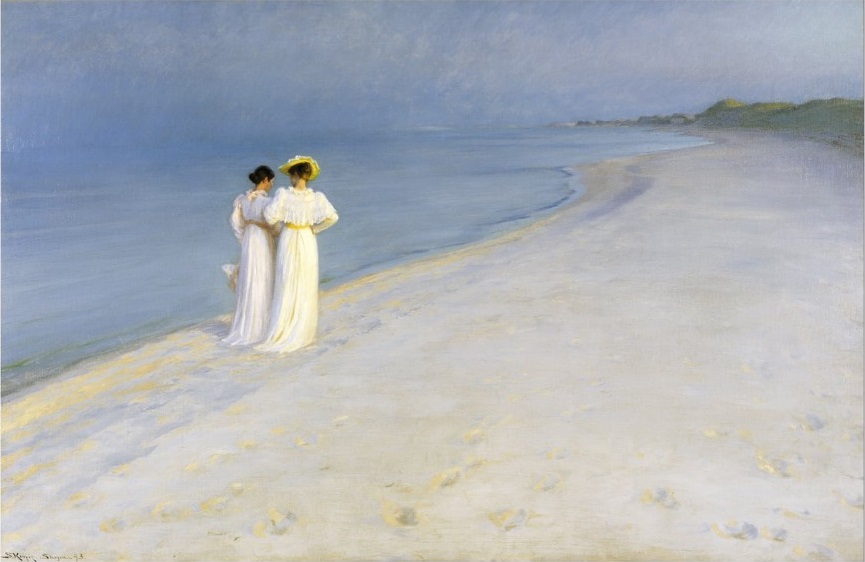
Tuesday/ the Doon Drive House, completed
Here’s the Doon Drive house, now replete with Chev truck by the front door, back yard, tennis court, swing set, swimming pool, trees and flower beds.
Did I go a little overboard? Well no – this is really not going overboard, given all the crazy things LEGO builders have come up with!
I will let it occupy my dining room table for a bit, and then decide what to do! Maybe I will put the bricks for just the house, in a shoebox, with pictures, so that it can be rebuilt again.
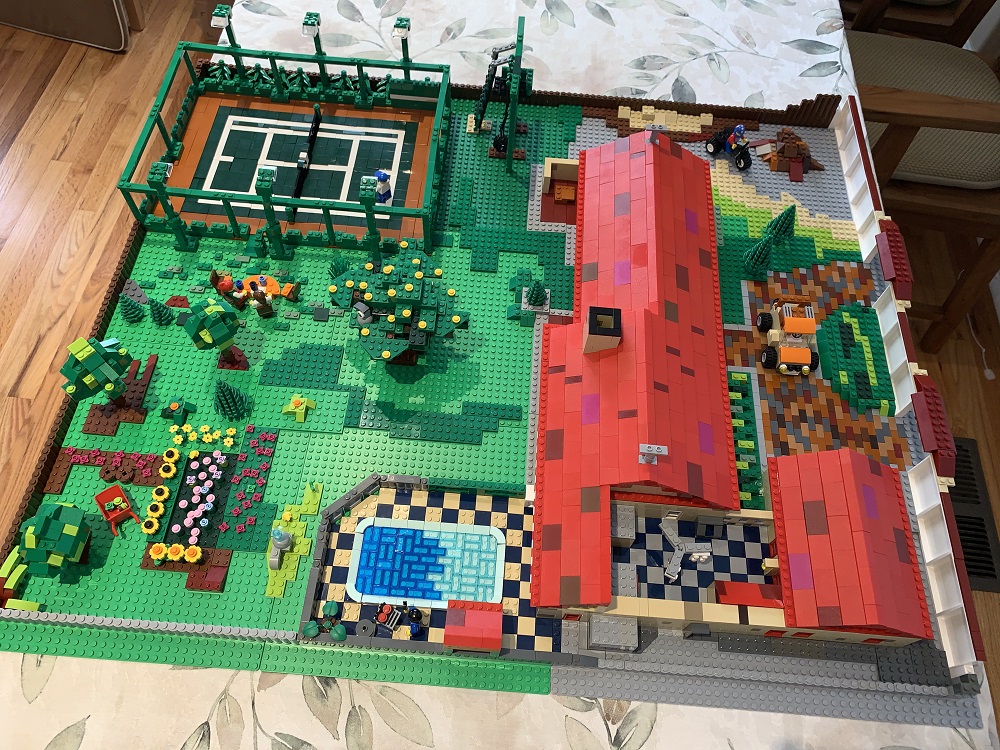
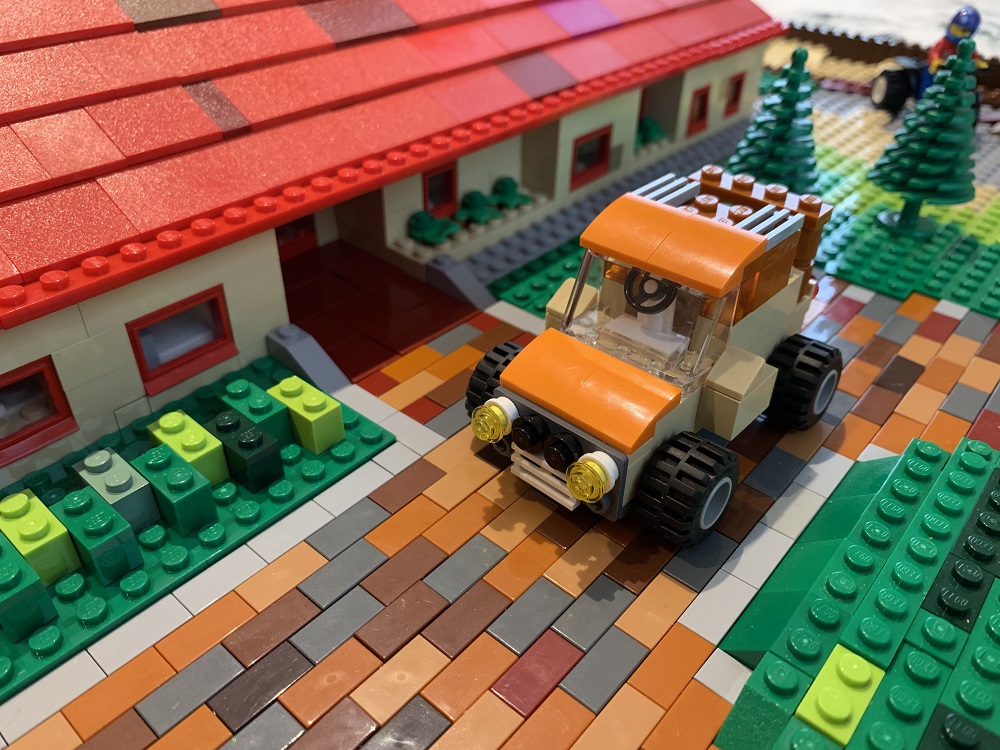
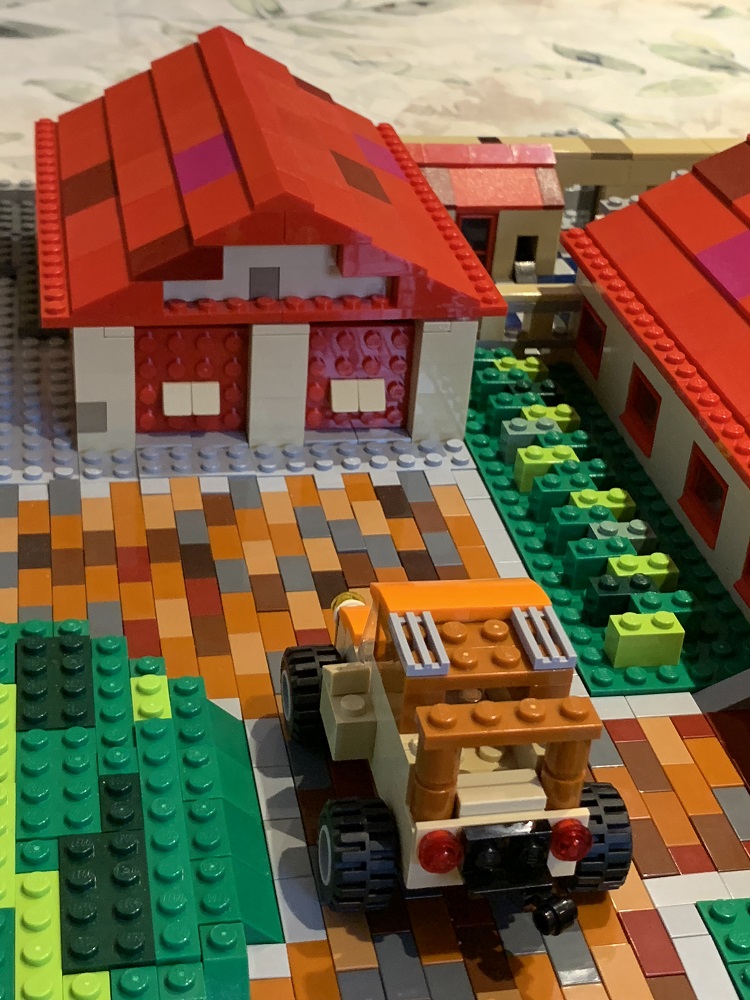
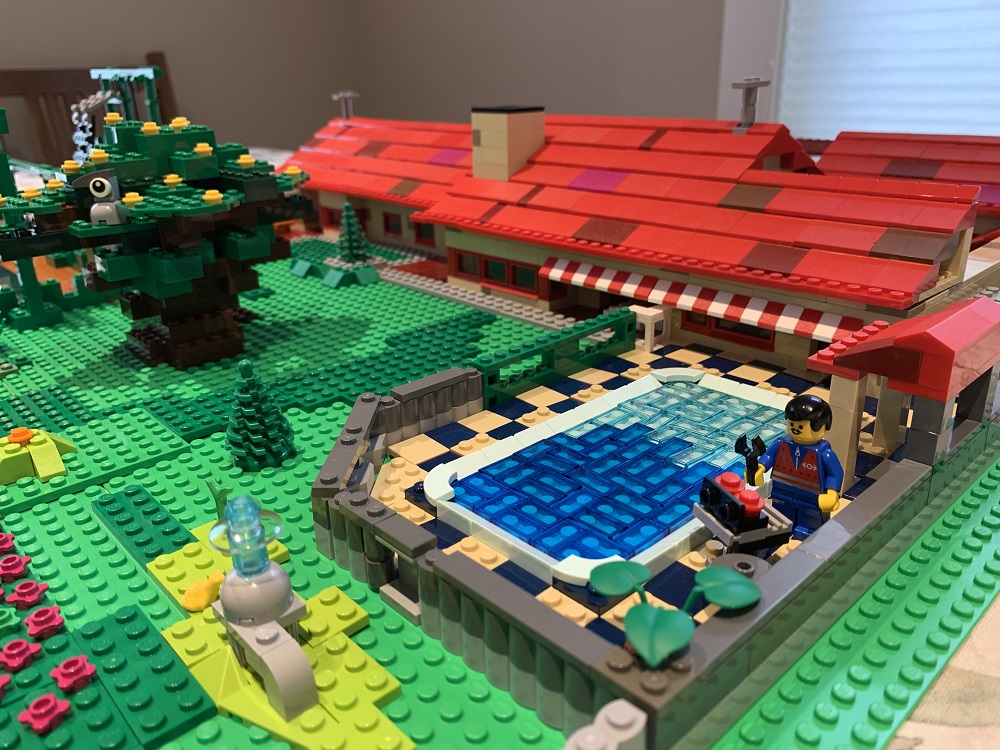
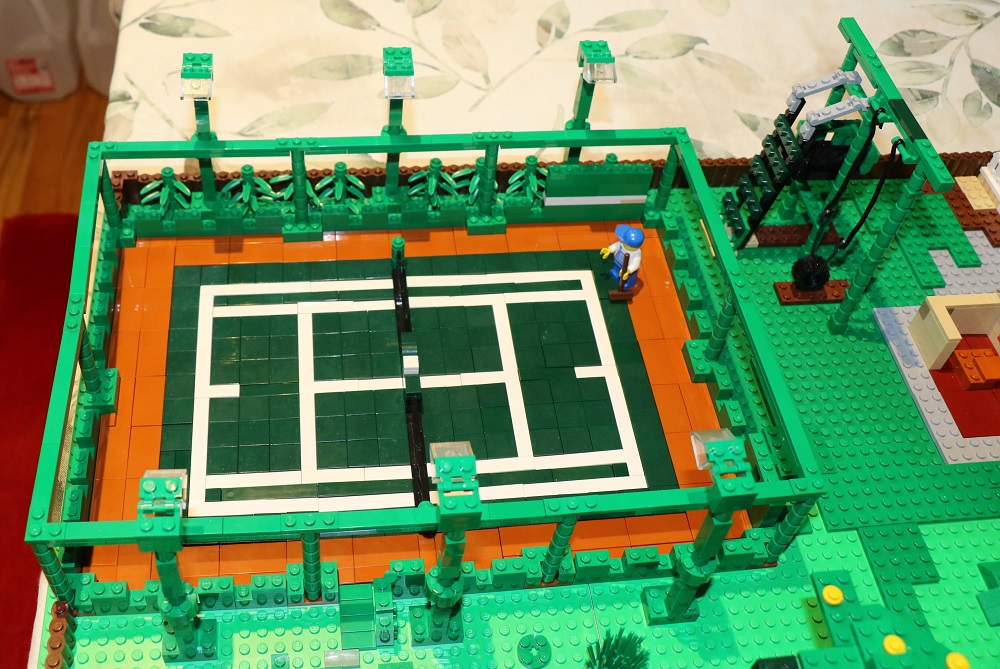
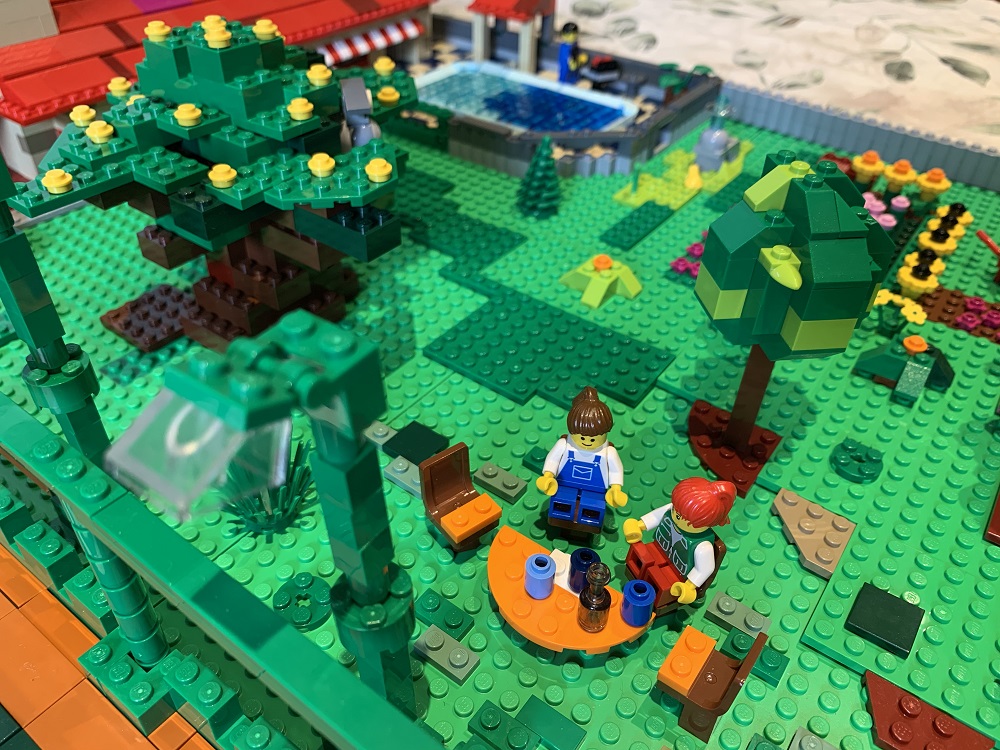
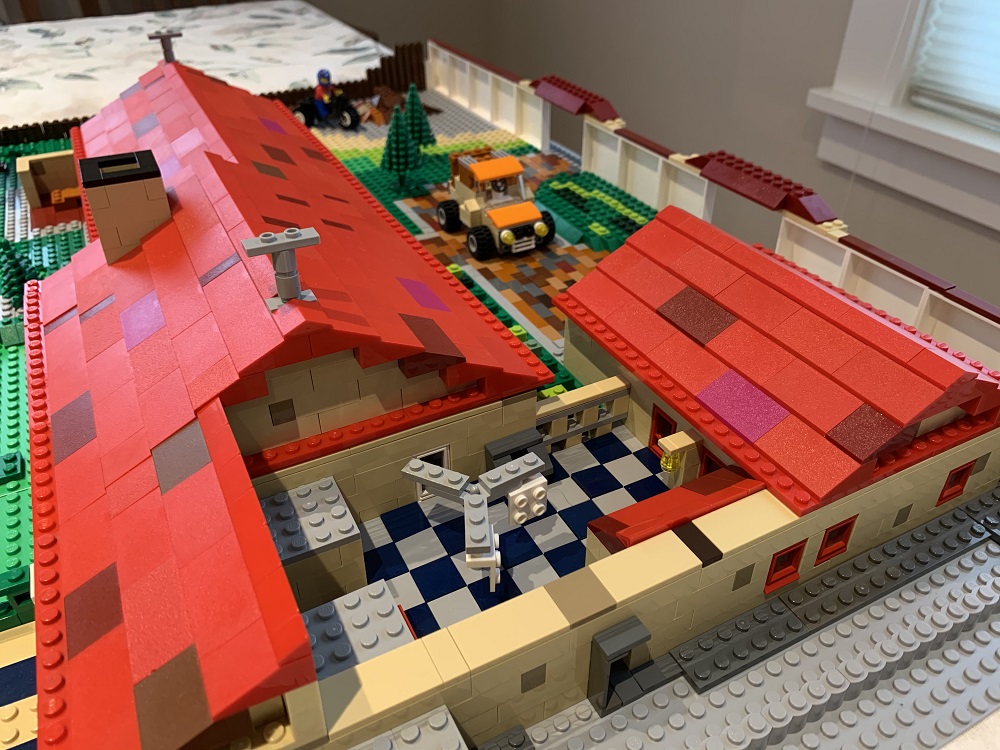
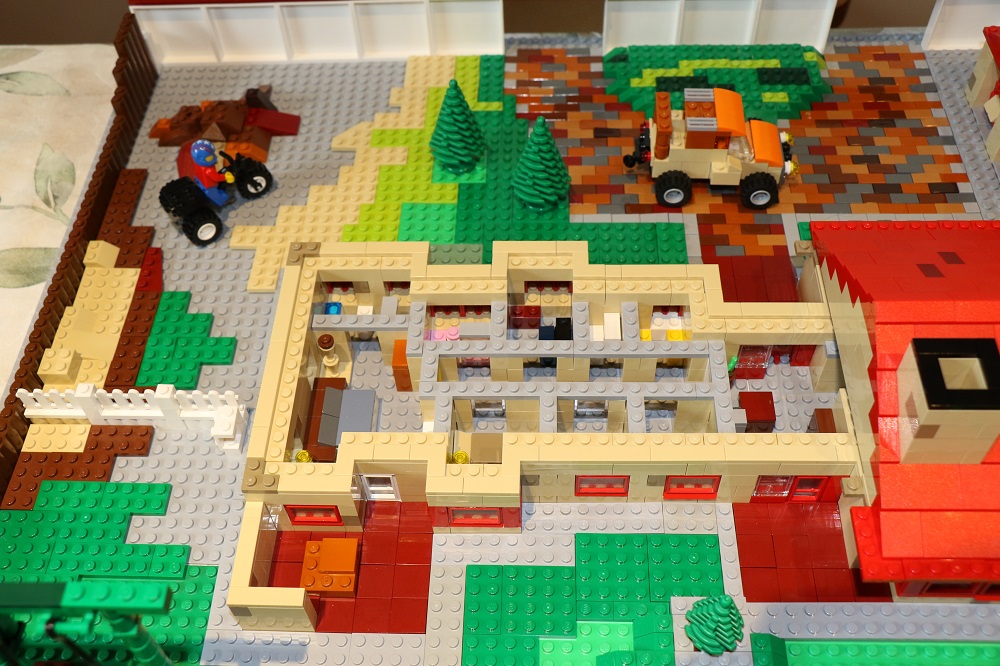

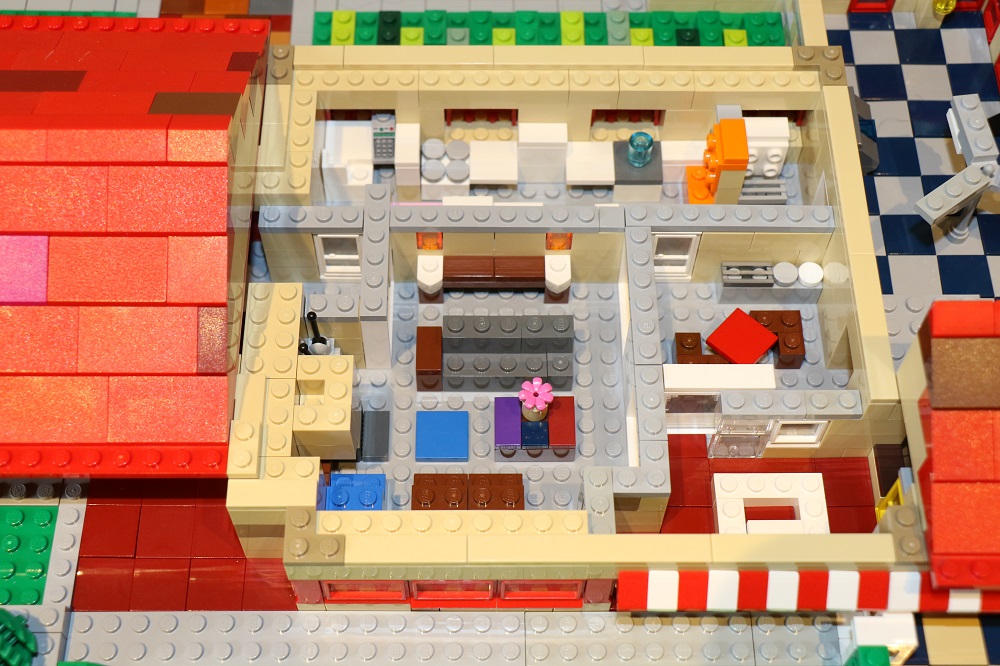
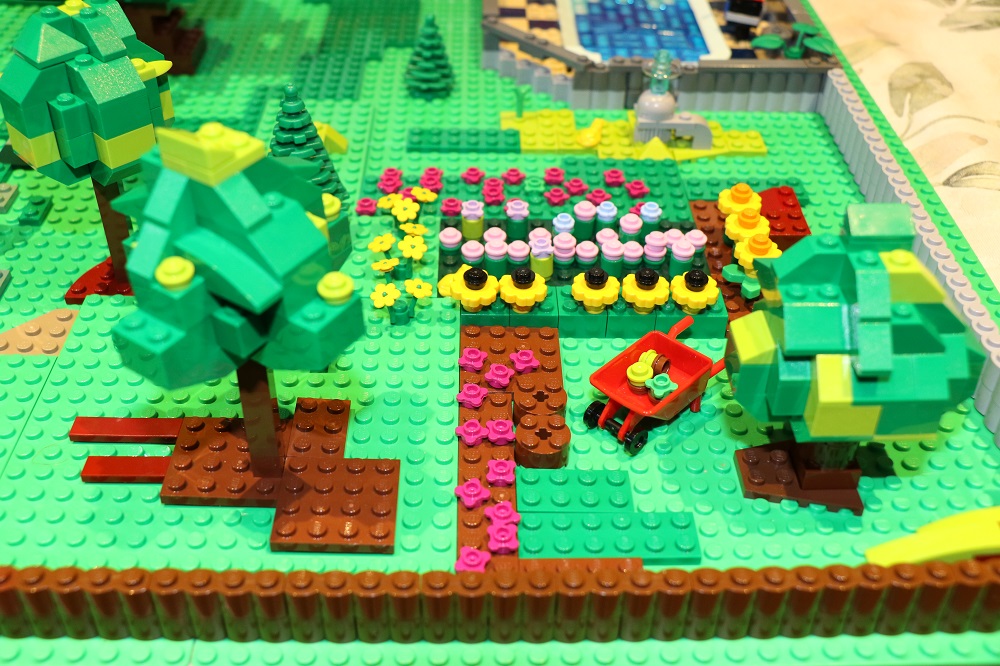
Wednesday/ Pike & Pine street art
Friday/ my replacement dinner plate
I broke one of my Noritake (Japanese porcelain) dinner plates last week in spectacular fashion: I made it explode on my gas cooktop with a loud bang!
(I accidentally turned on the gas burner underneath the plate for a few minutes).
Lucky for me, there were no flying pieces of porcelain, just the broken pieces on the cooktop to clean up.
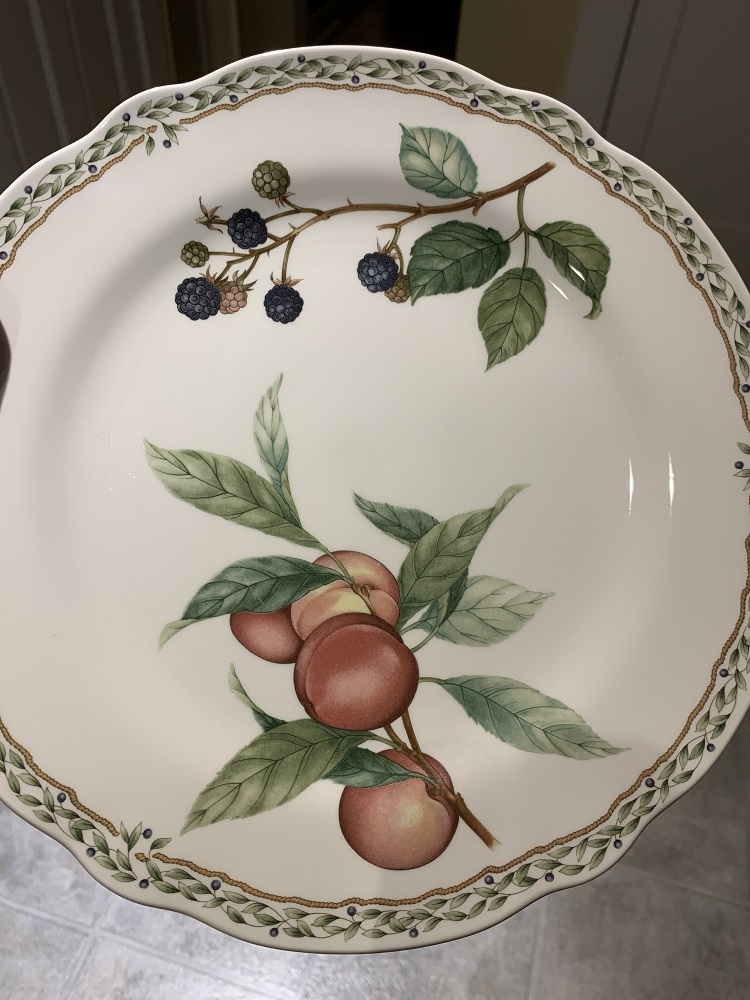
Tuesday/ Stockholm’s arty subway
Stockholm is near the top of my list, for when we can travel again.
I want to go to the ABBA museum, and I want to stop at each and every one of the subway stations that David Alrath had photographed for Wired magazine. I copied the captions for the photos from the Wired article, as well.
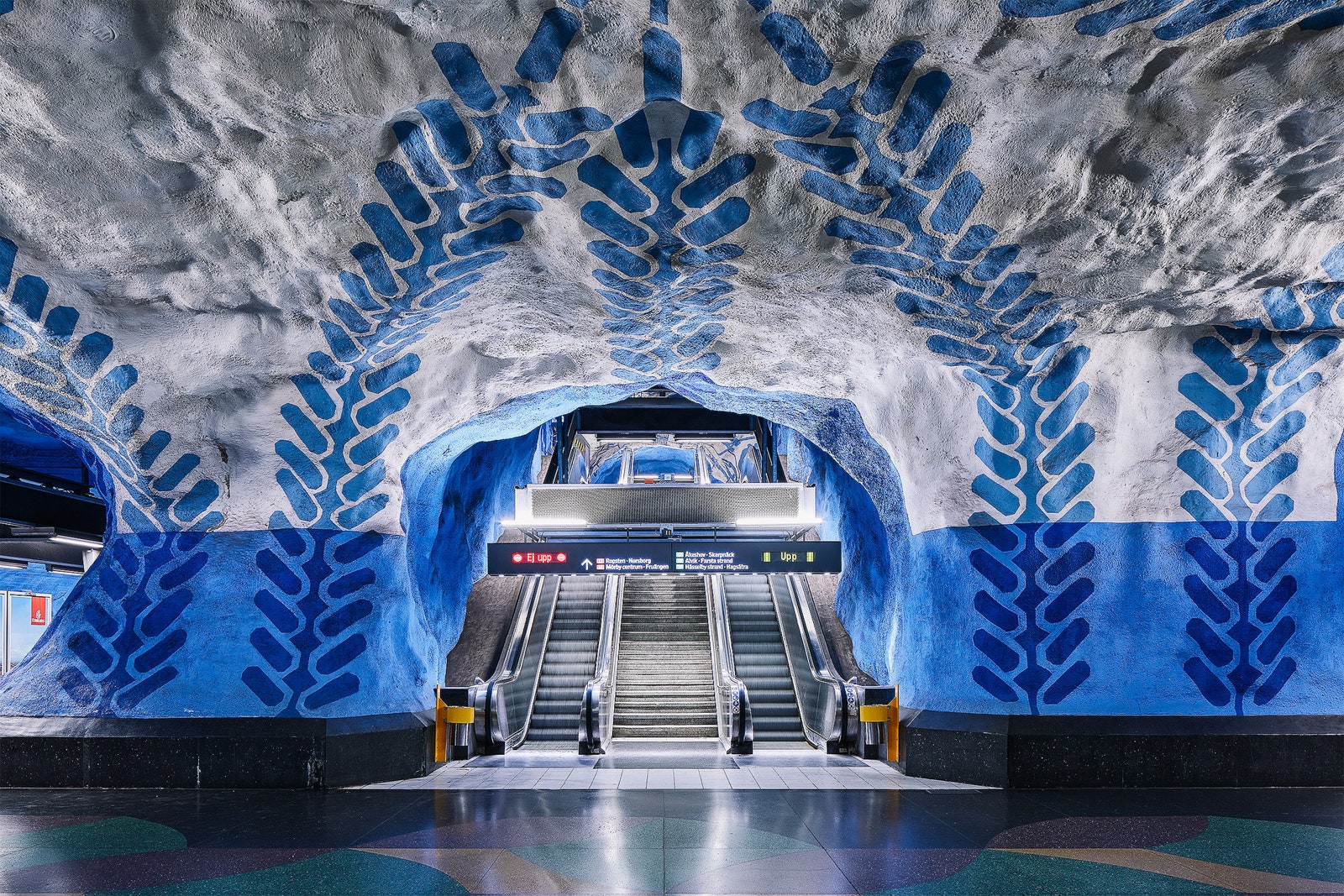
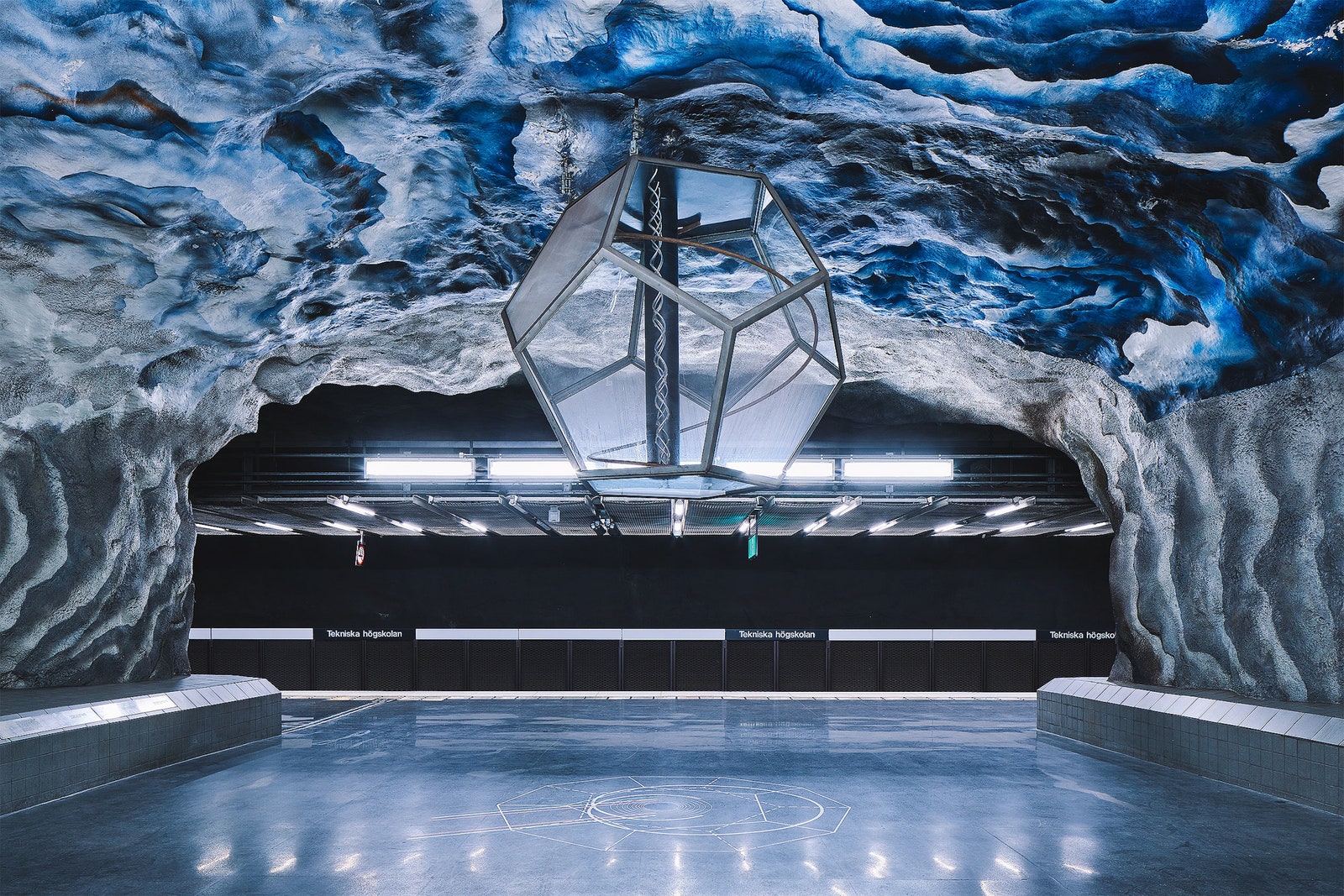
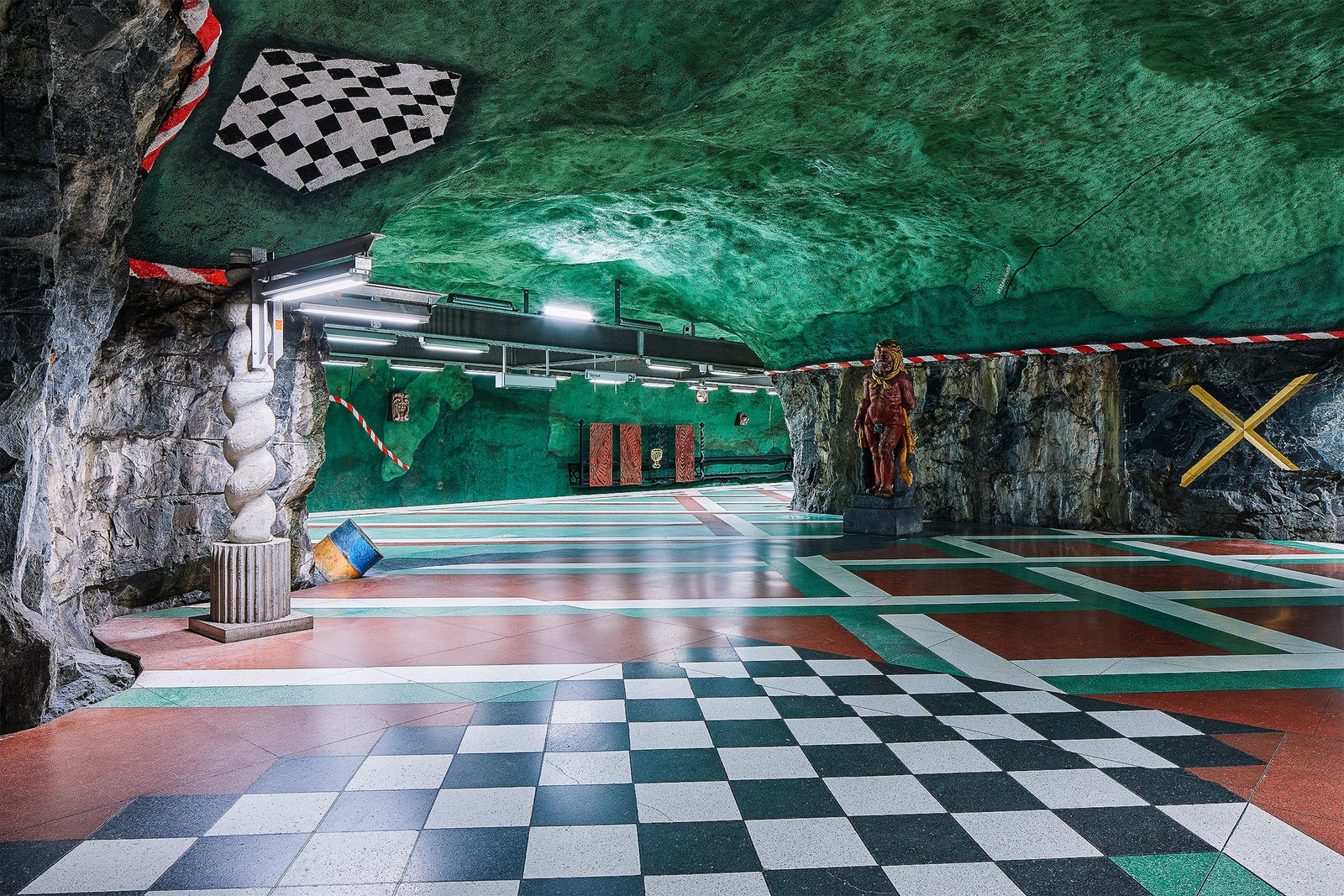
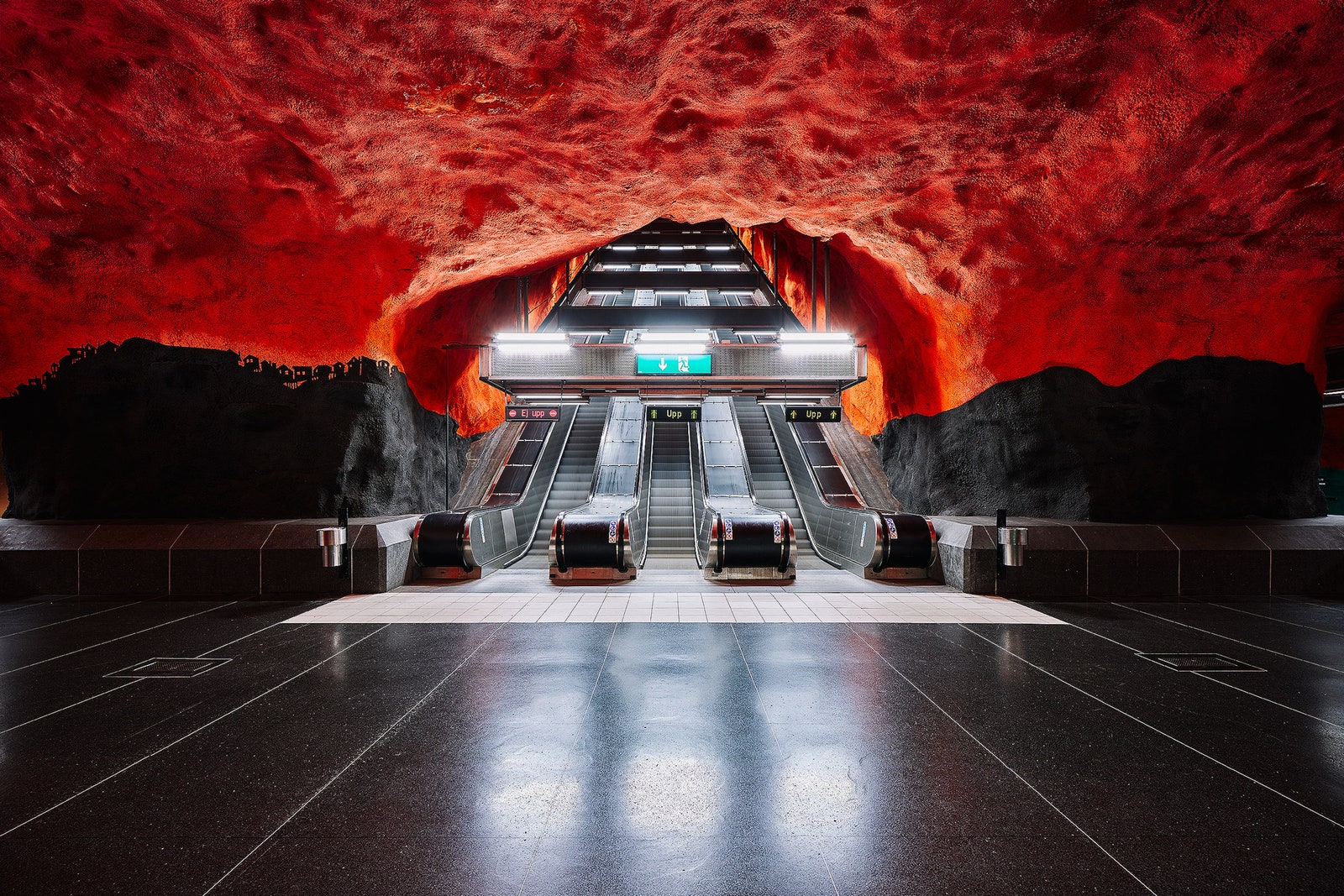
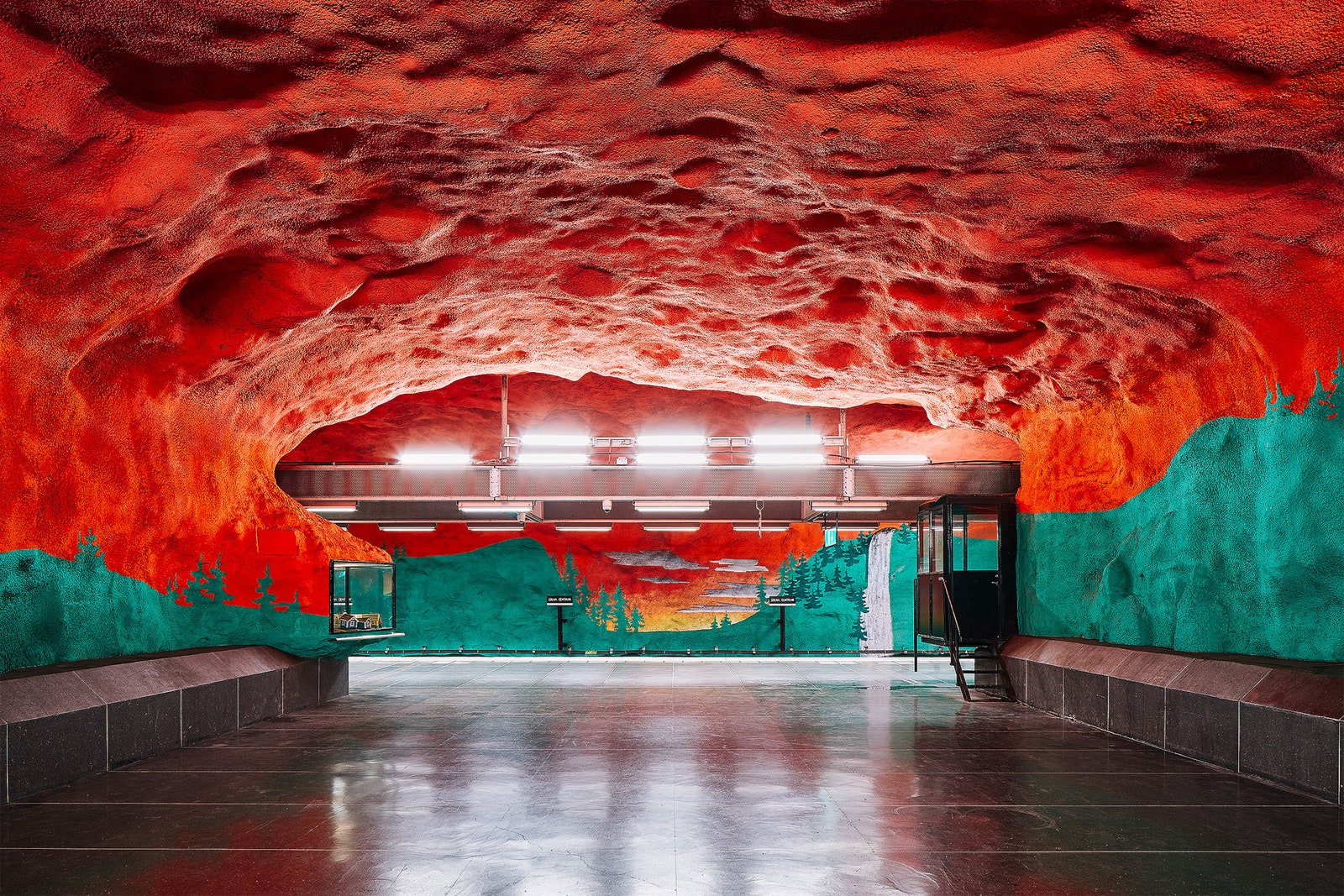

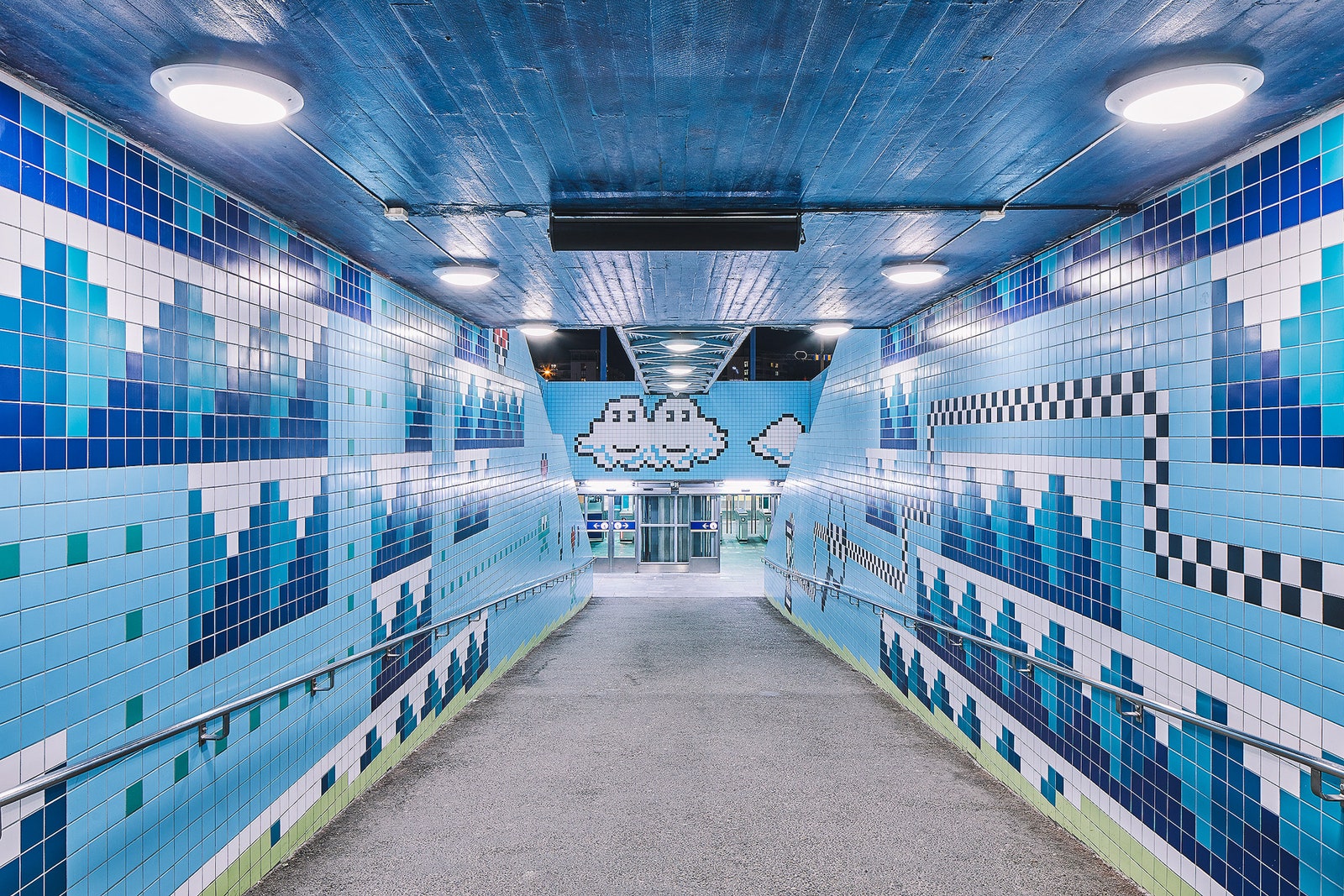
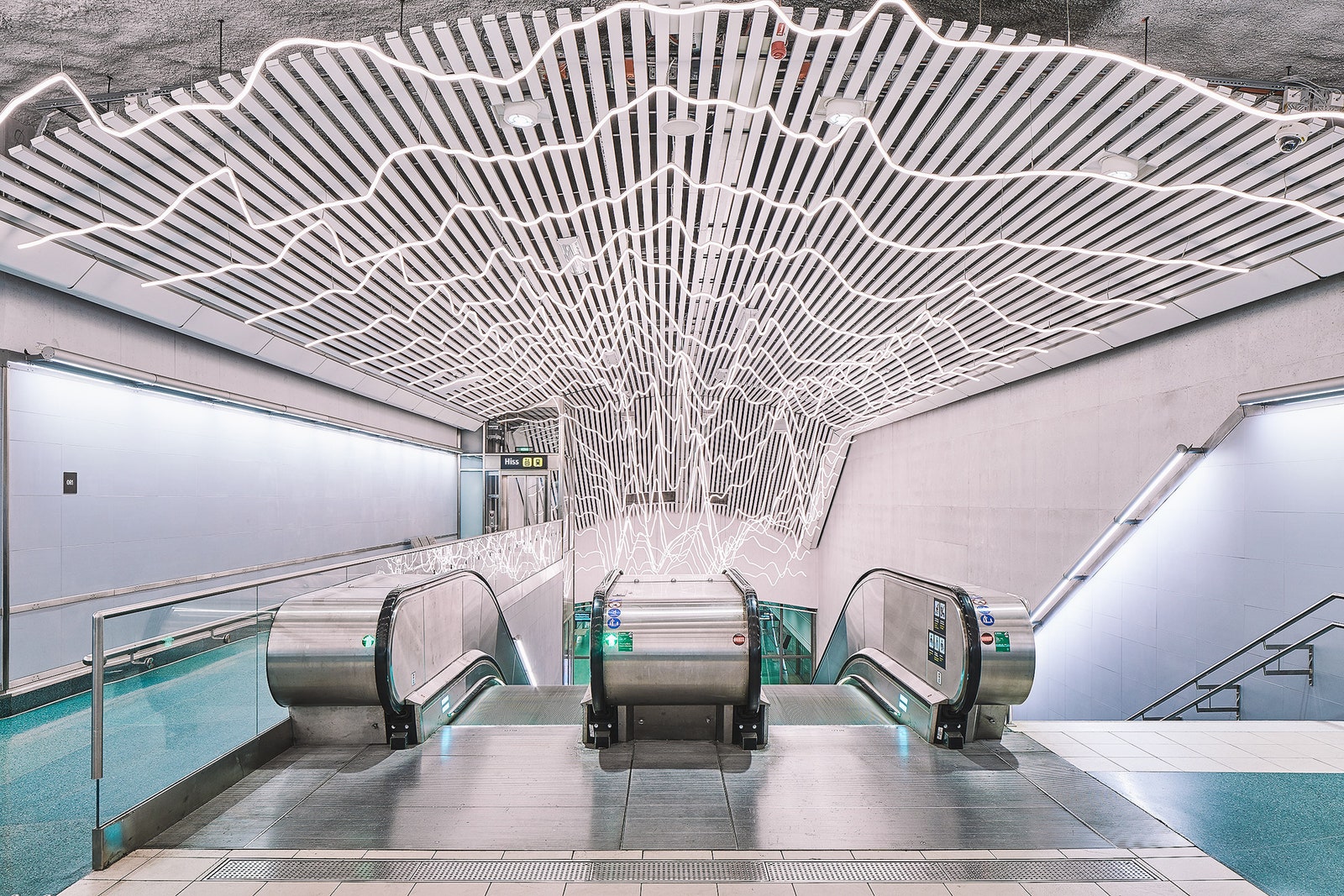
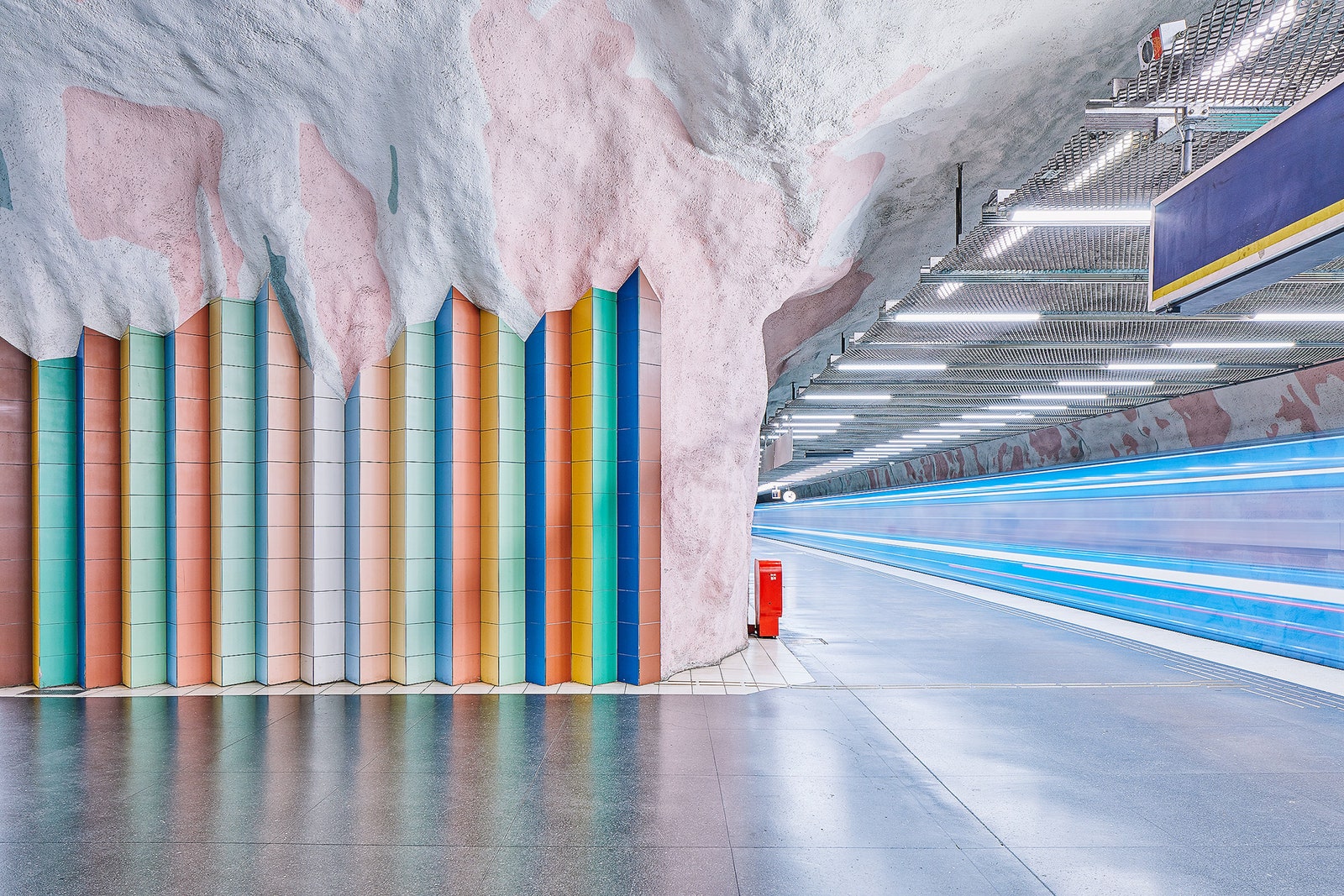
Saturday/ once upon a time on Doon Drive
Here’s a sneak peek at my current LEGO project.
I call it ‘The Doon Drive House’. It’s a replica of the house that I grew up in, in South Africa — in a town called Vereeniging, and on Doon Drive, of course.
I had photos of the outside of the house to help me with the dimensions. As for the inside: I still recall every nook and cranny, down to the furniture and appliances that were installed.
So it’s quite a trip down memory lane for me, with the little bricks from Denmark. I used to play with them in that very house, all of 6 years old.
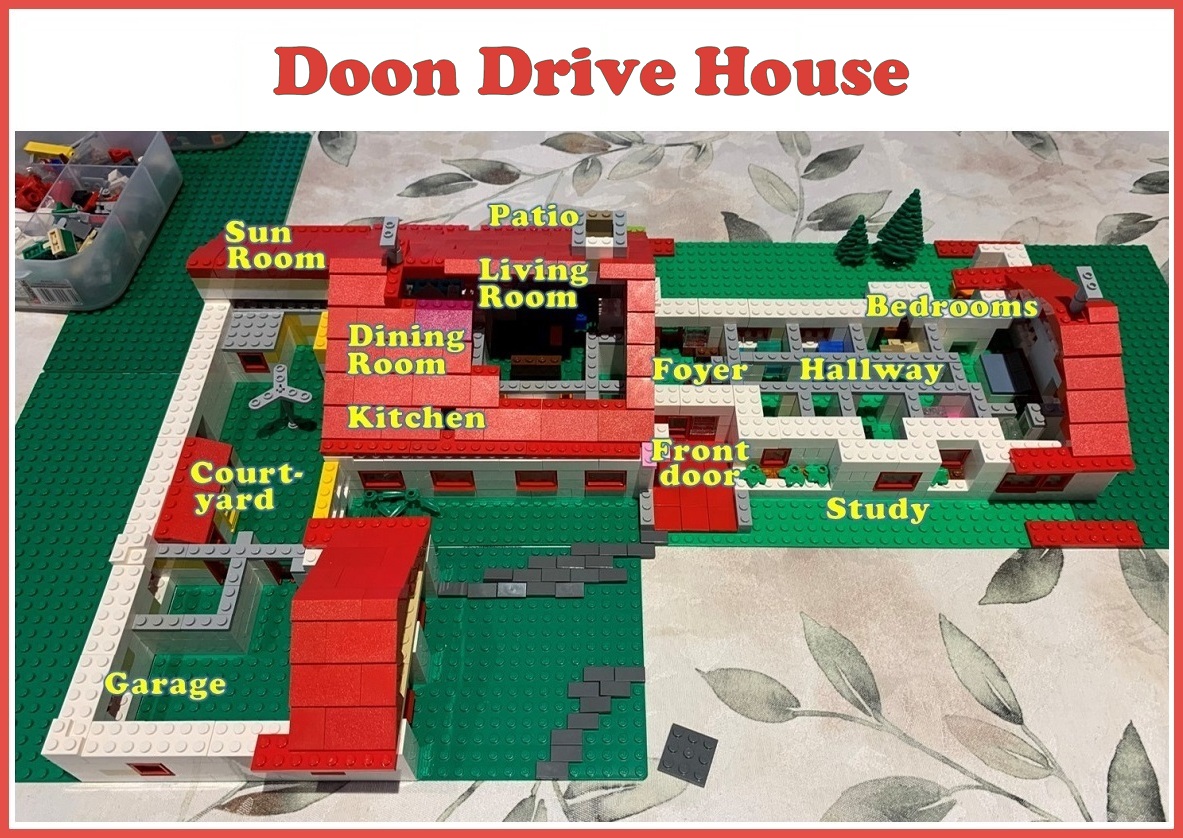
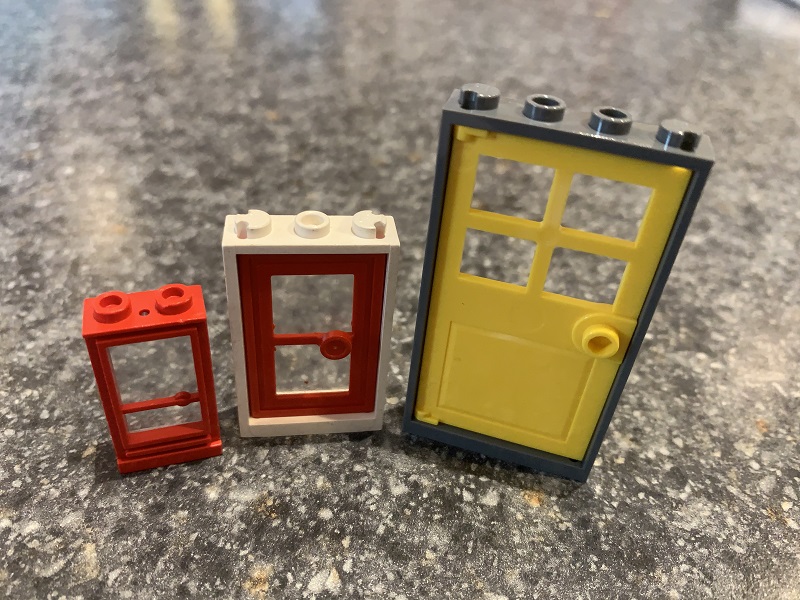
Thursday/ Stay At Home extended
Washington State’s Stay At Home order has been extended to May 4.
About 1/4 of the reported Covid-19 cases in the world are now from the United States (245k out of a million), with fatalities now approaching 6,000 in the USA, and more than 53,000 worldwide. (Information from the dashboard from the Center for Systems Science and Engineering at Johns Hopkins University).
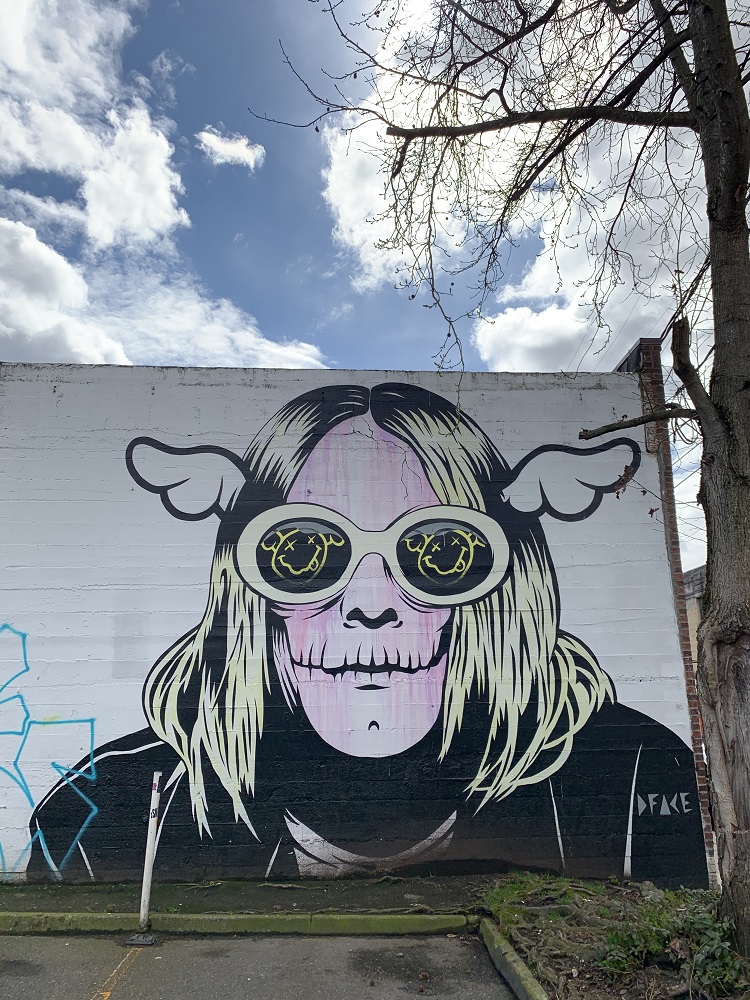
Saturday/ Perth Cultural Centre
Here are a few pictures from my walkabout in Perth’s Cultural Centre on Friday.
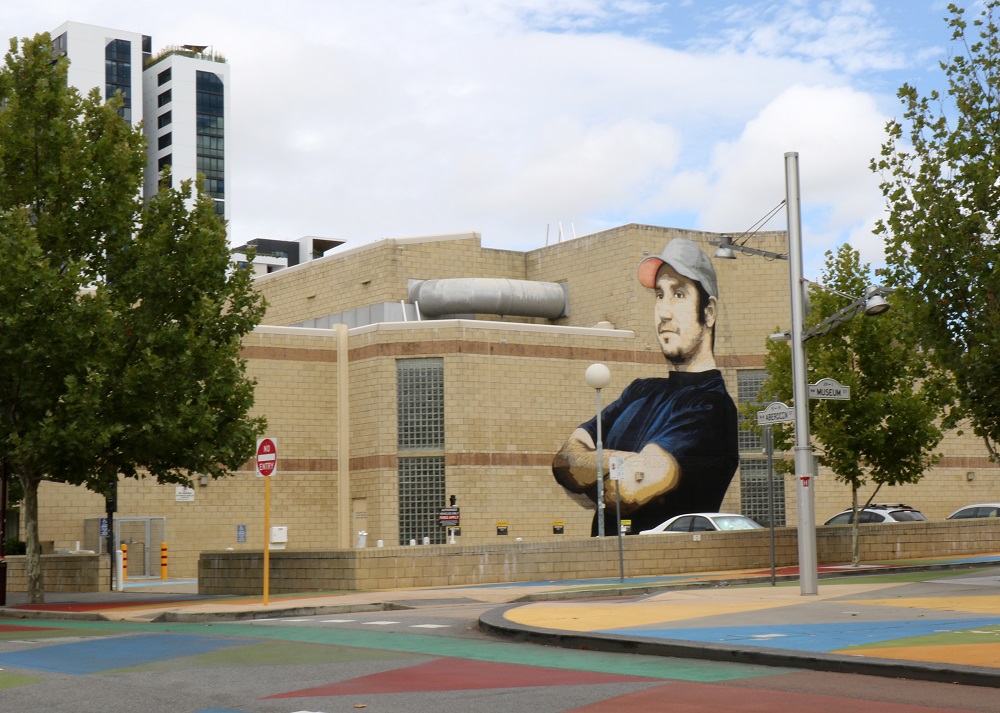
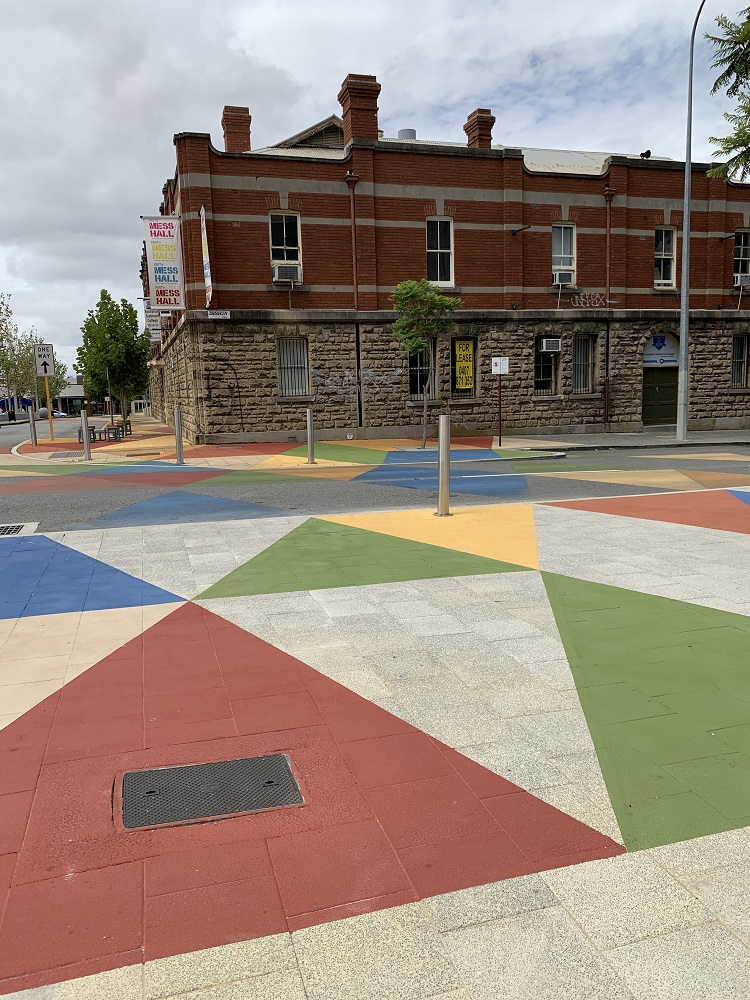
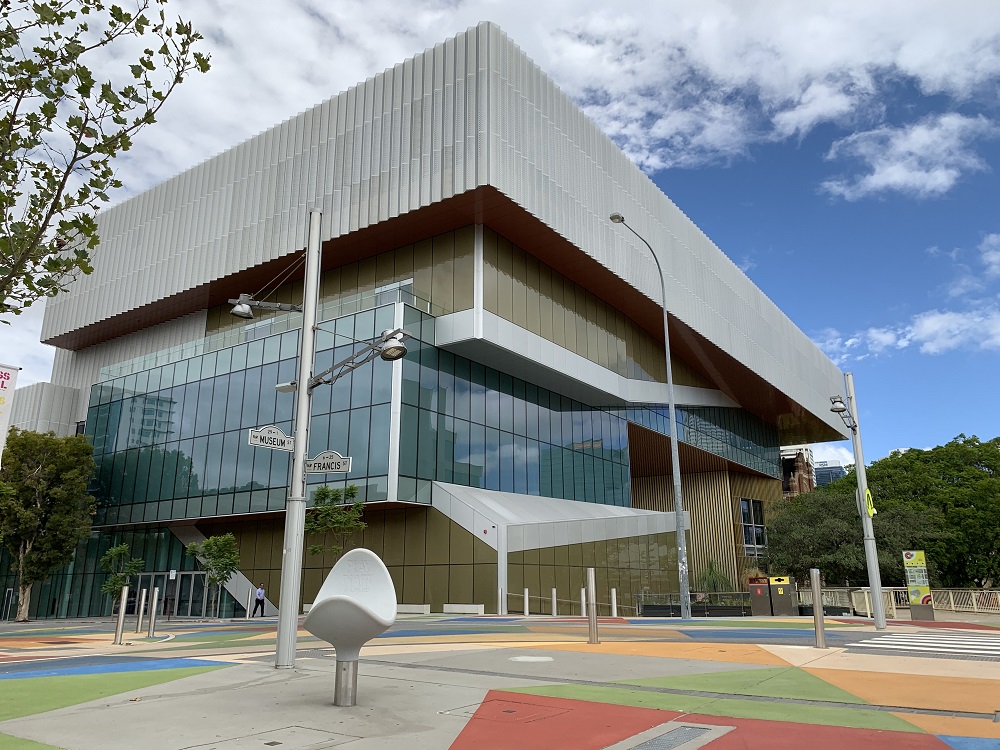
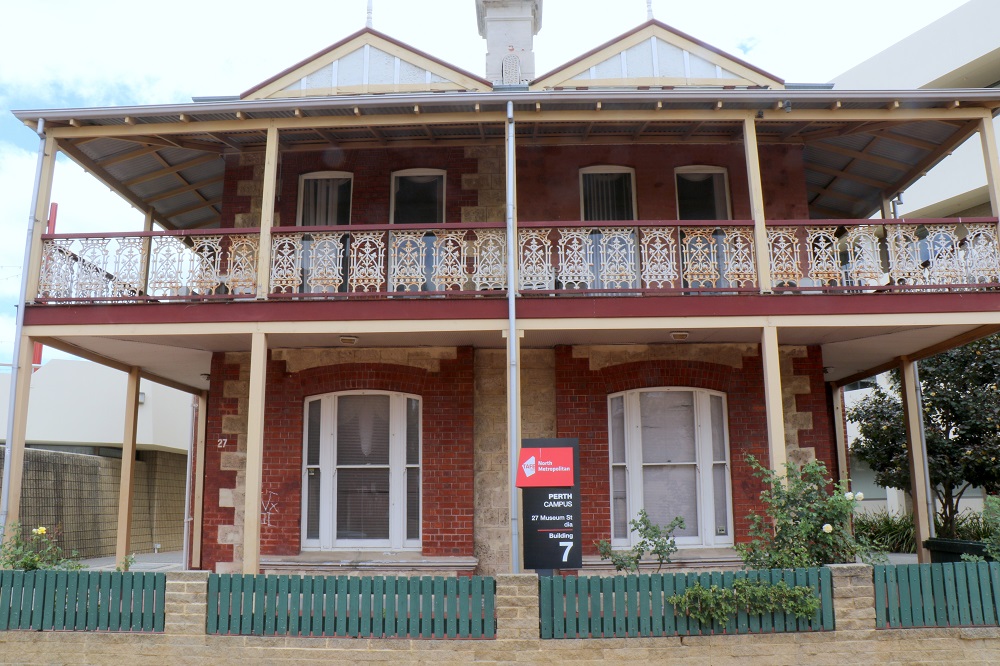
Sunday/ a twilight cruise
On Sunday, we went on a twilight cruise on the upper Swan River — just a slow round trip at 5 knots, on the wide swath of river by downtown Perth.
Here’s where we went, and a few of the sights along the way.
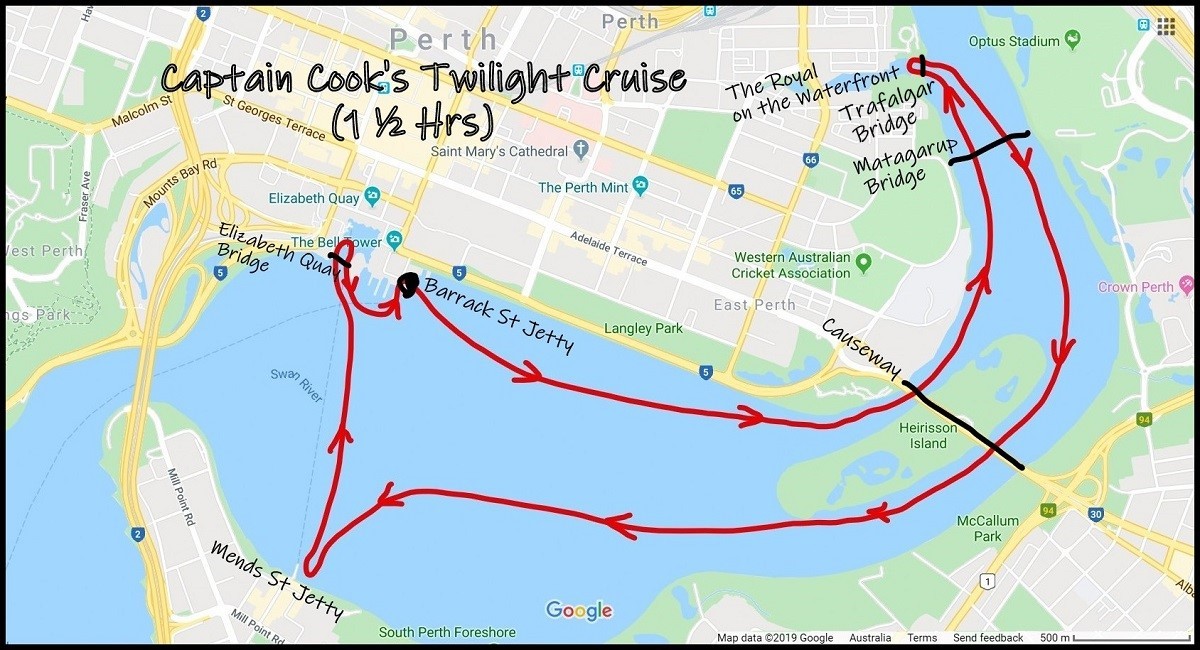
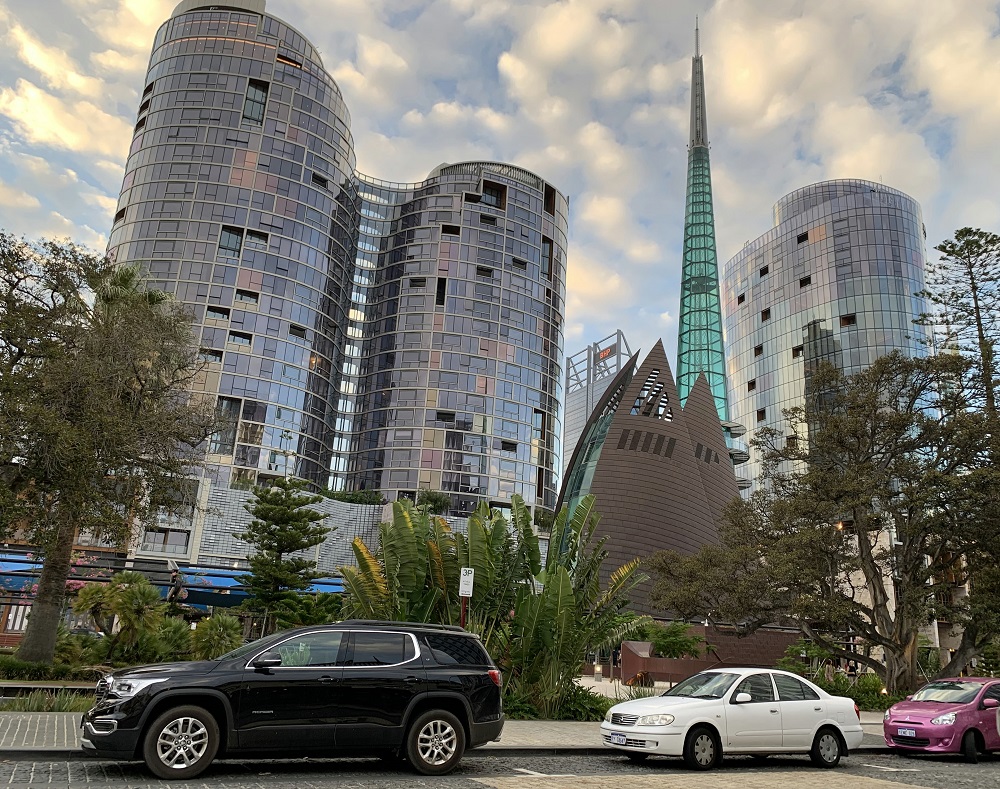
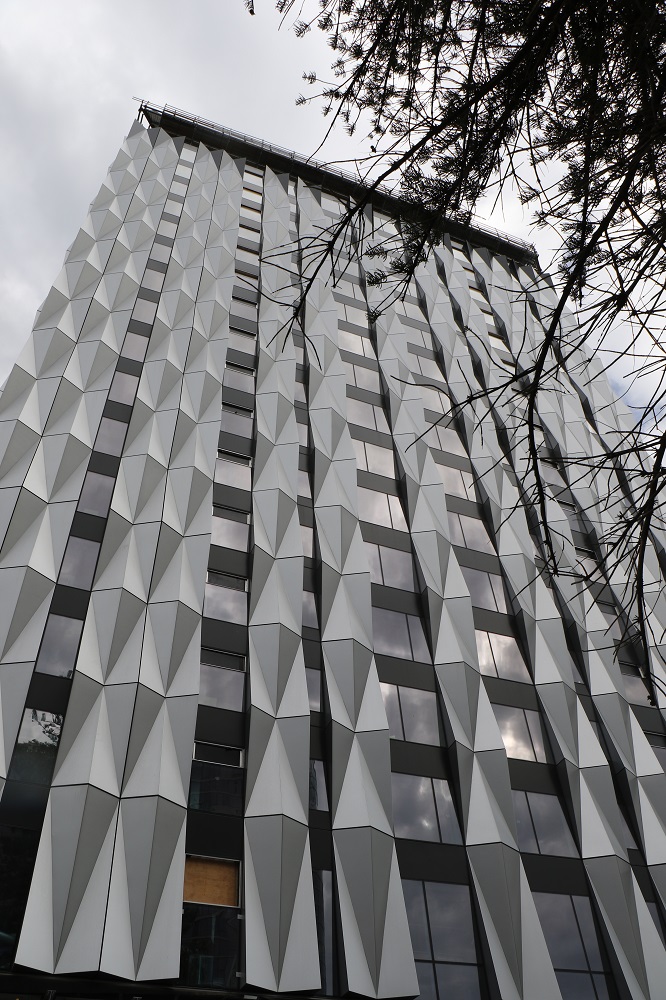
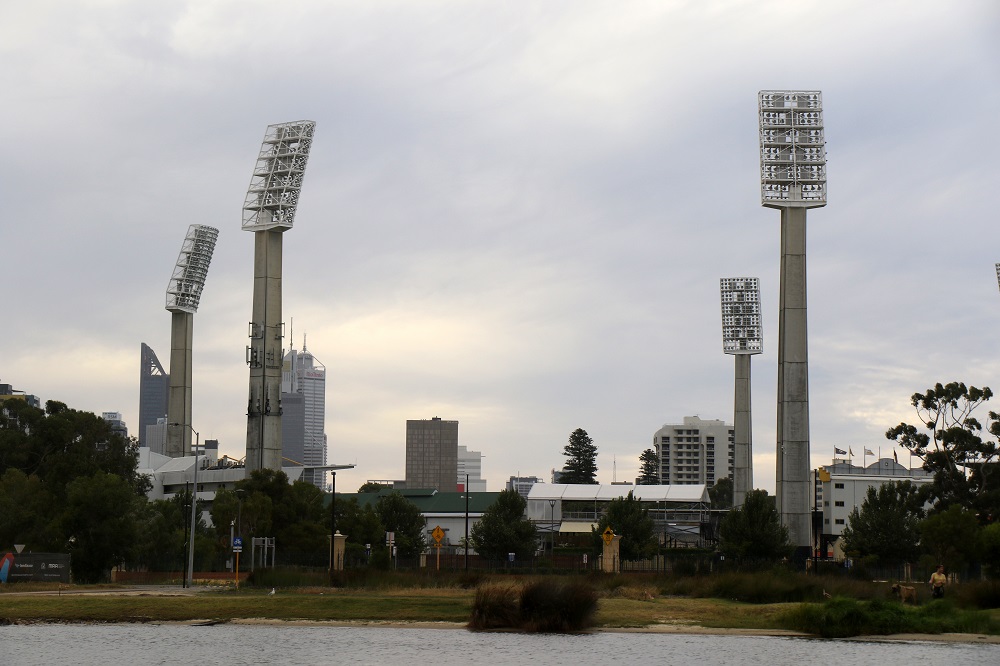
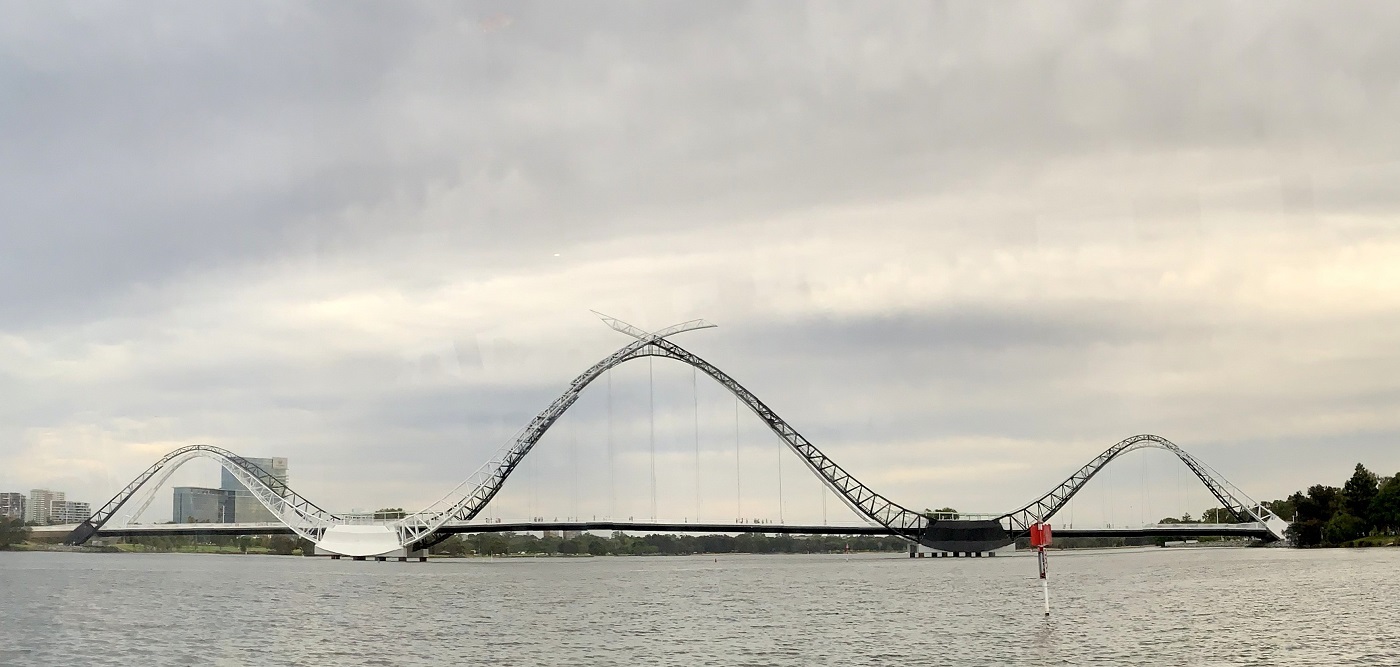
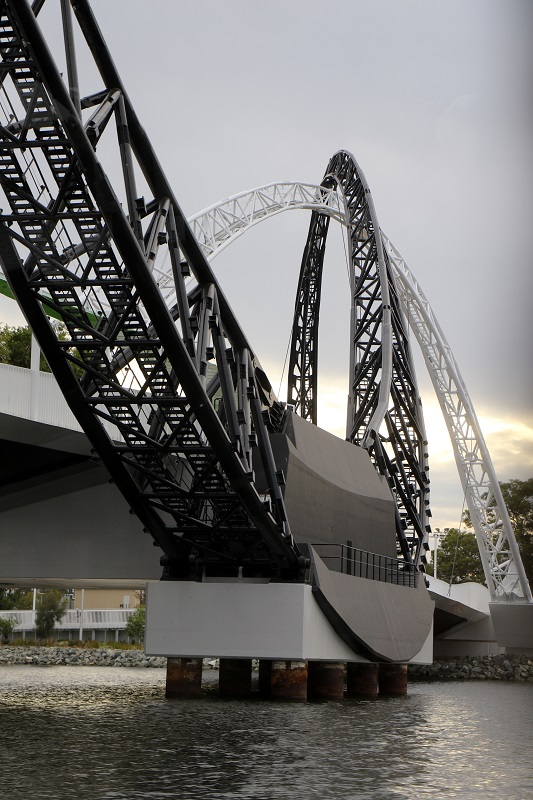
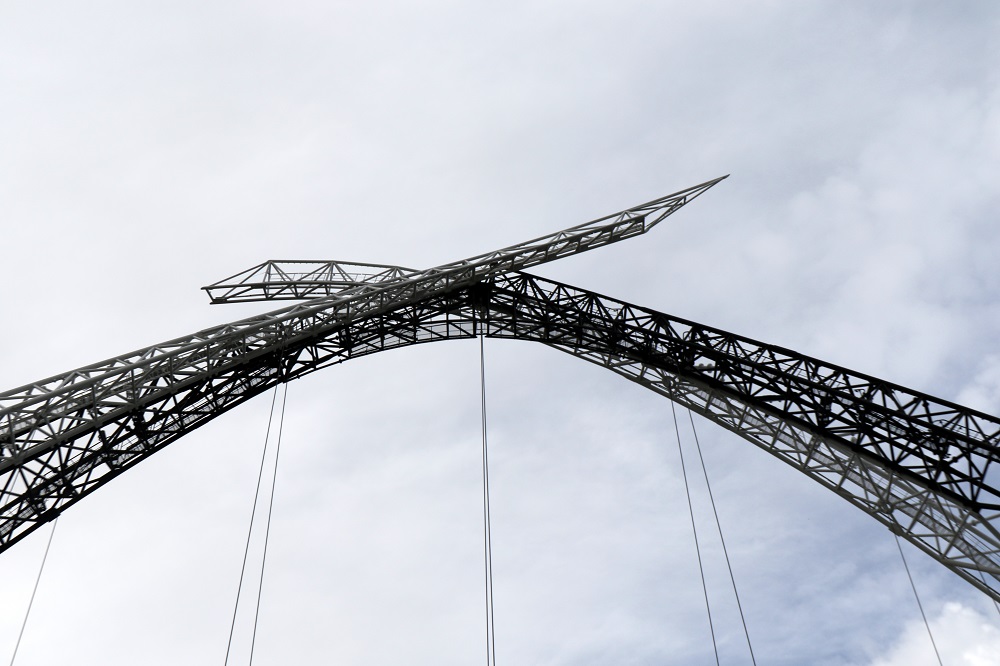
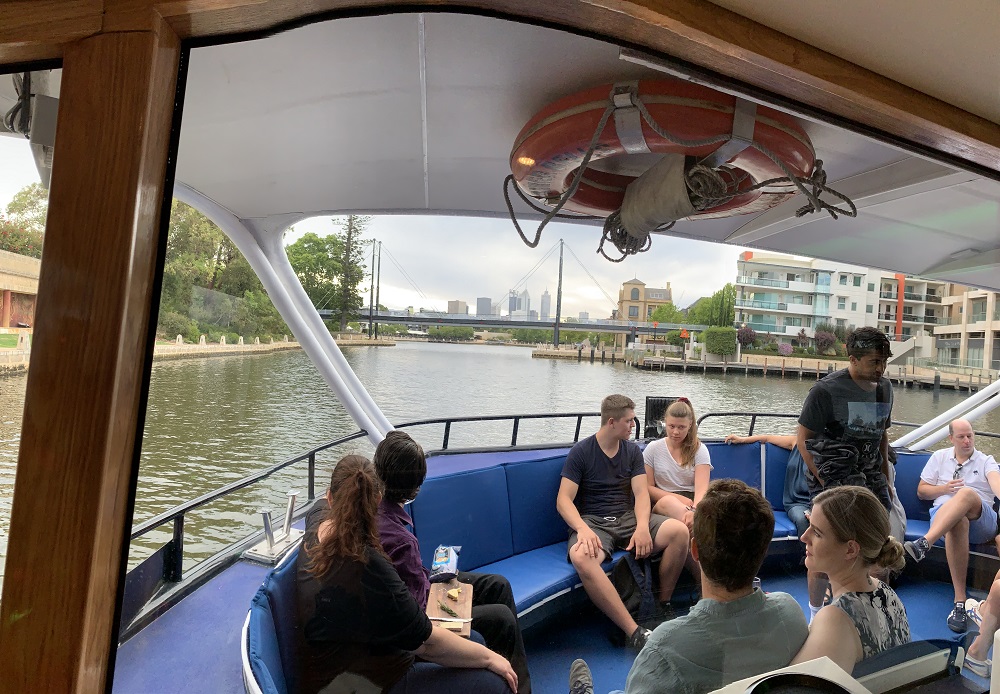
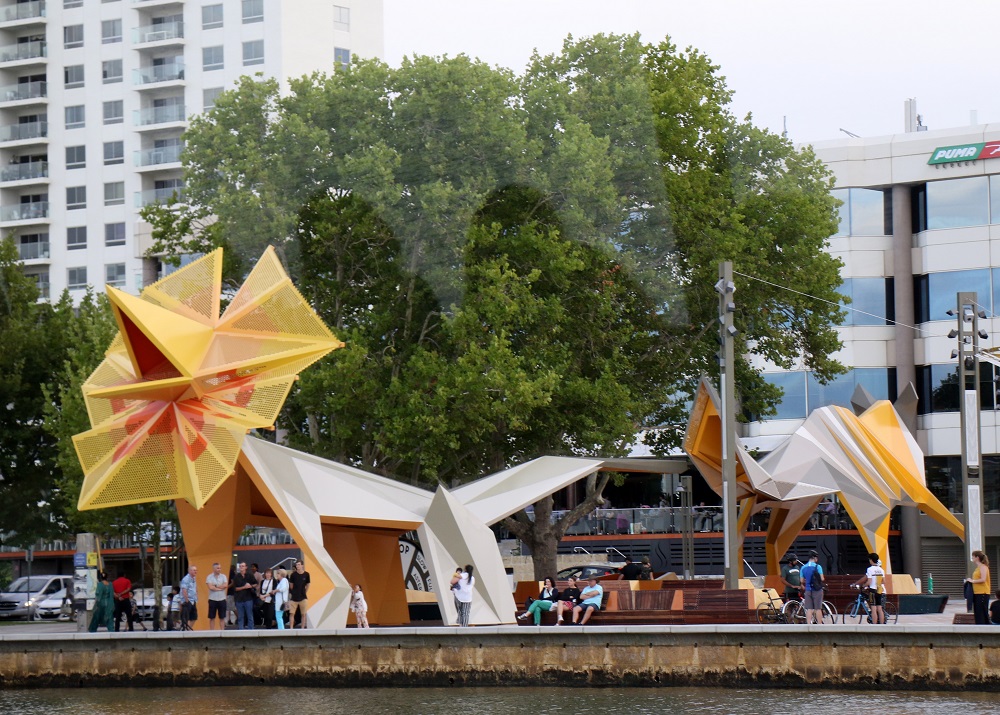
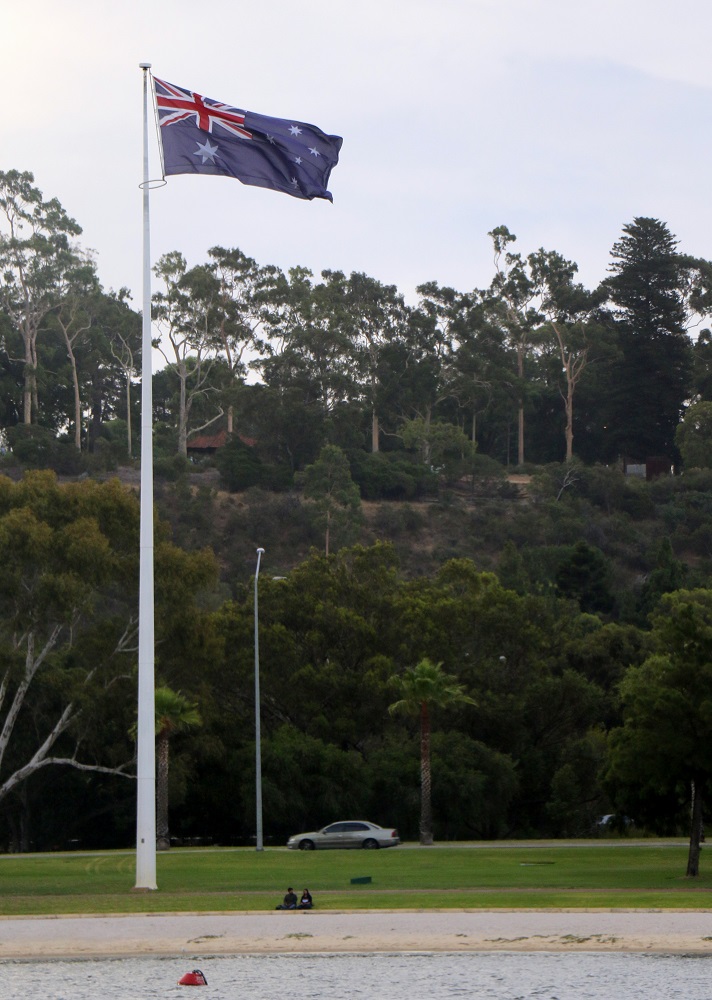
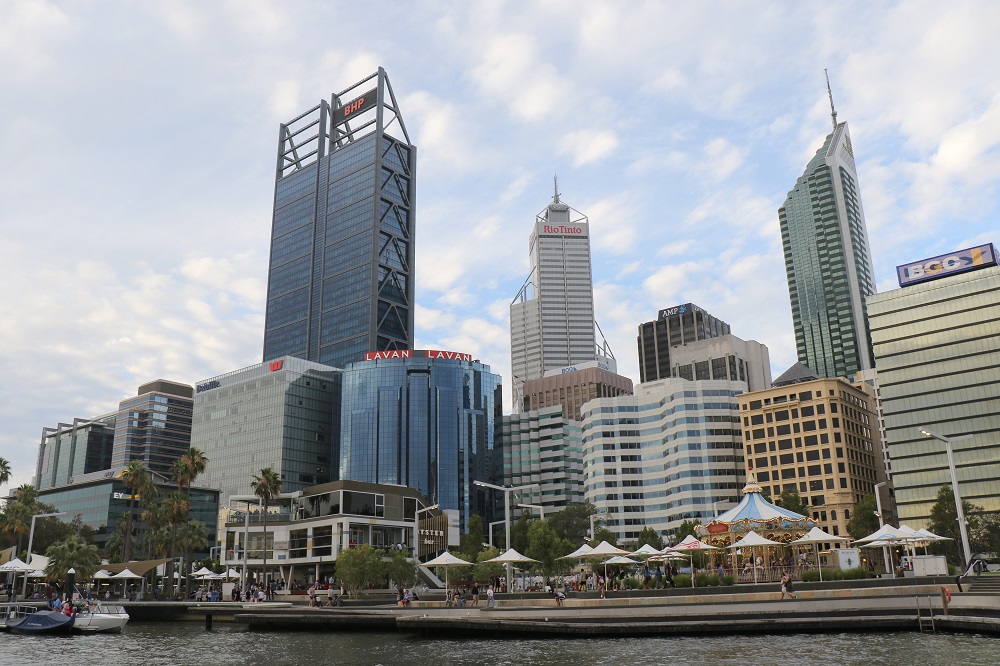
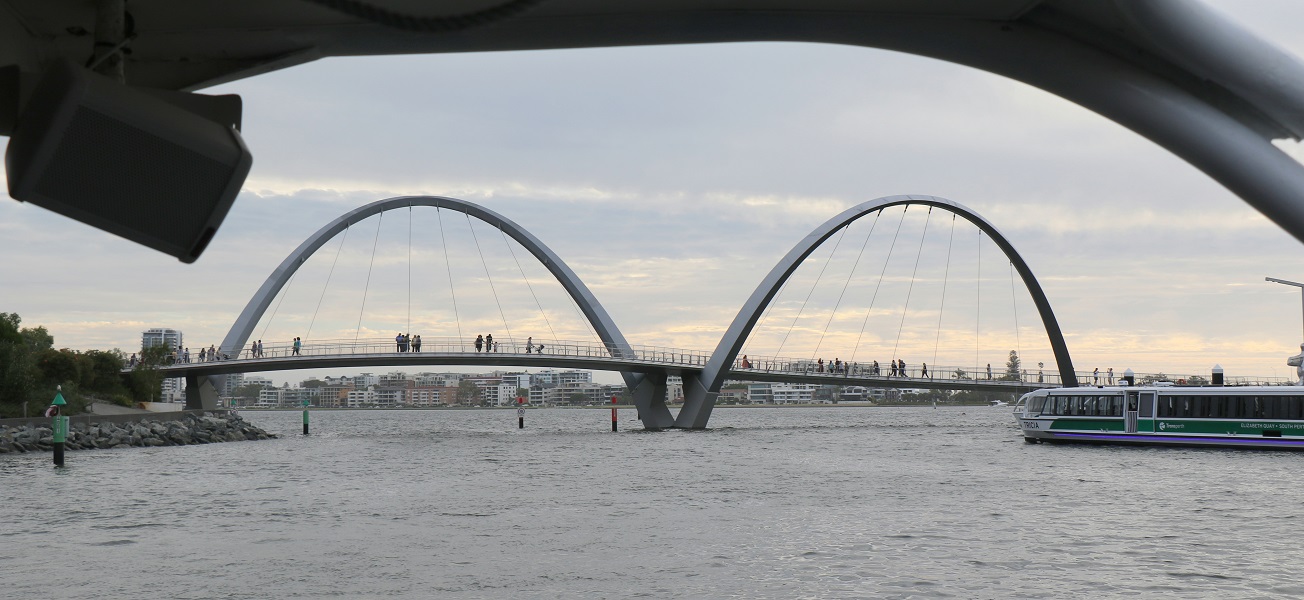
Thursday/ the pink and grey
Here’s a galah (cockatoo) depicted on a wall at the Stockland shopping center here in Bull Creek, Perth. I have seen them around, but have not gotten close enough to one, to take a picture.

Thursday
Wednesday/ the Pike Motorworks Building
Wow .. the new Pike Motorworks Building looks quite nice, I thought as I walked by on Tuesday.

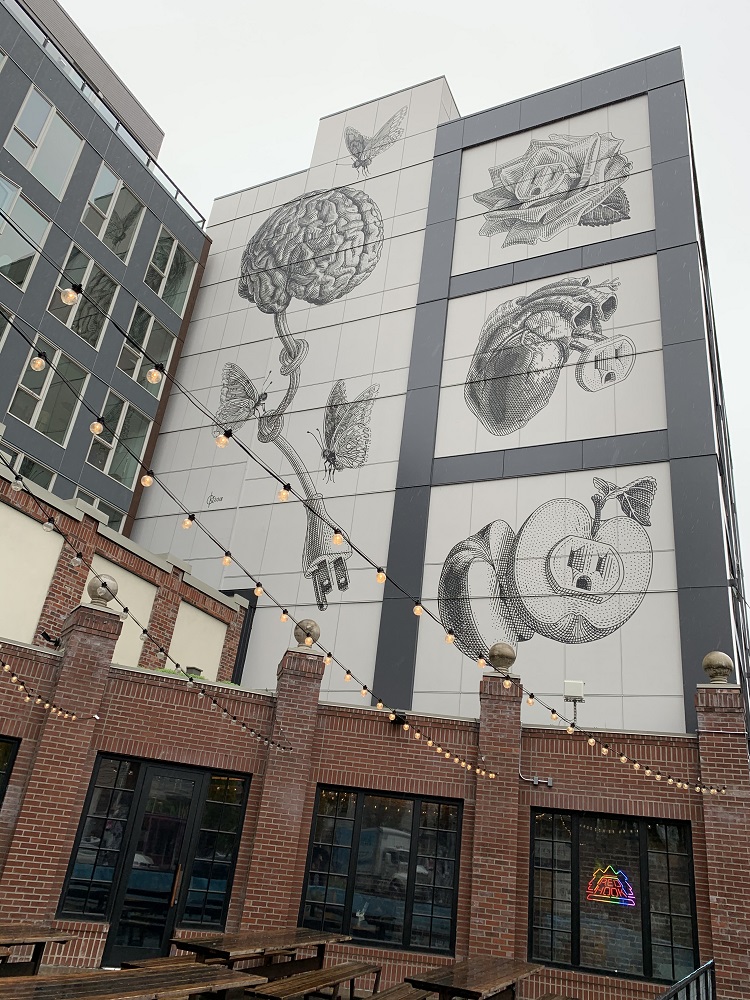
Friday/ another Grimm for my book shelf
I saw this Grimm’s Fairy Tales book in Hamburg and loved the pictures in it .. but it was so heavy, and a little pricey.
Luckily, Amazon had a used one for me that I could order (from a book dealer in England; shipping only $4), and earlier this week, it landed on my porch.
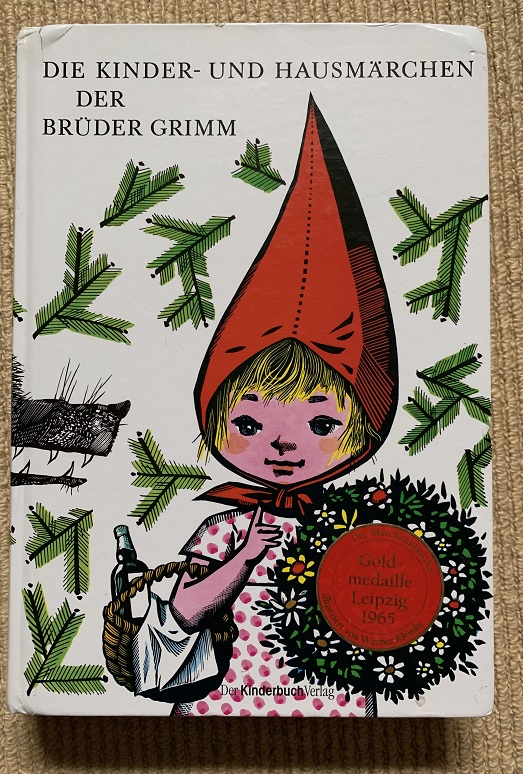
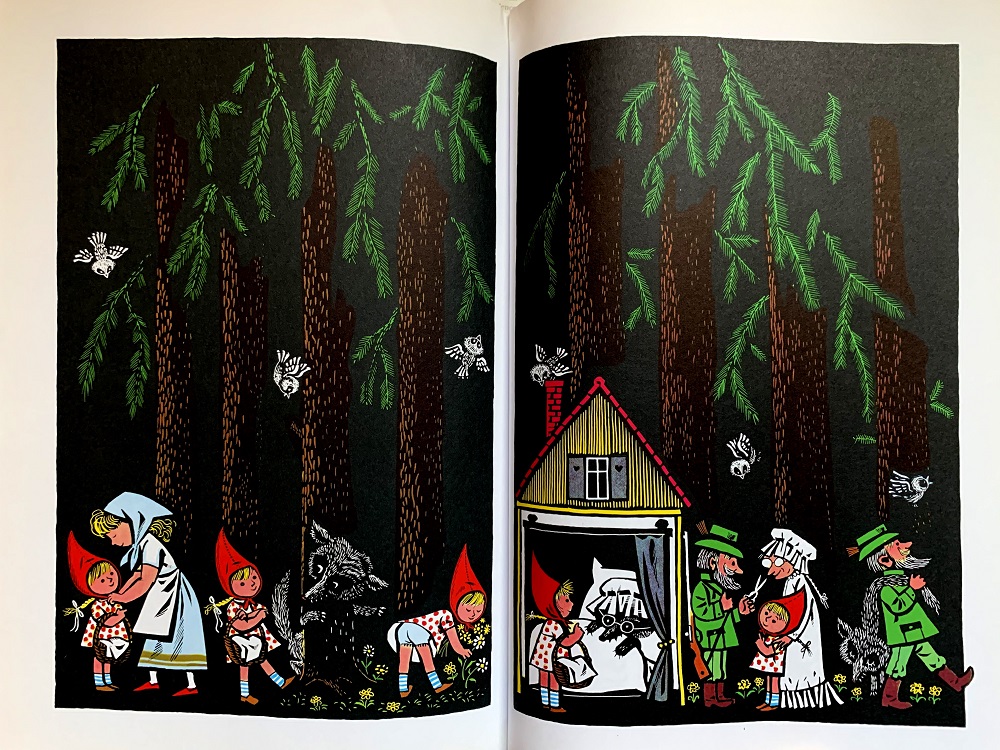
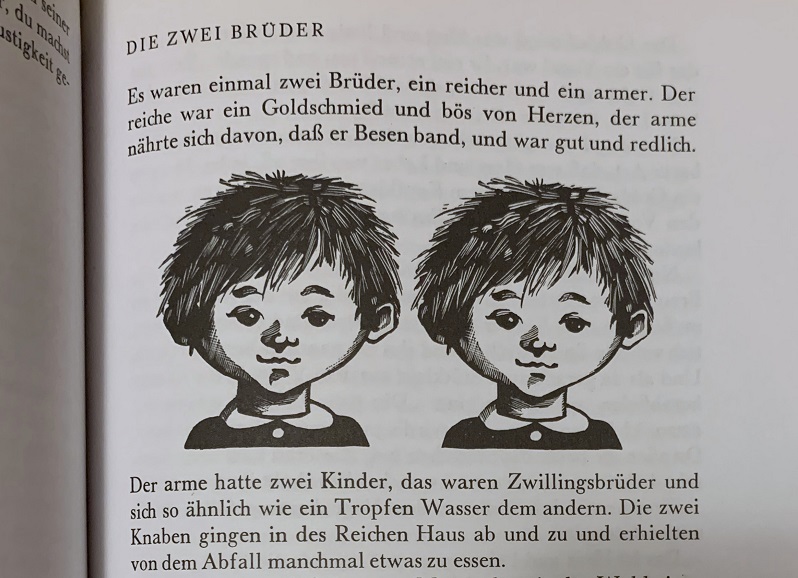
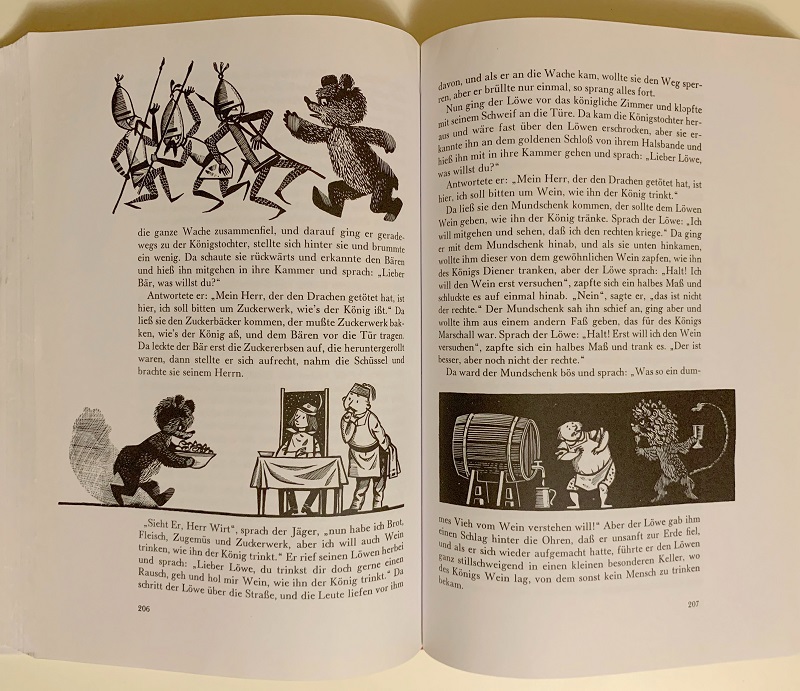
Monday/ First Light’s art installation
Here is another picture from Sunday, of the art installation on the corner of 3rd Ave. and Virginia St. at the sales office of the future First Light condominium tower.
